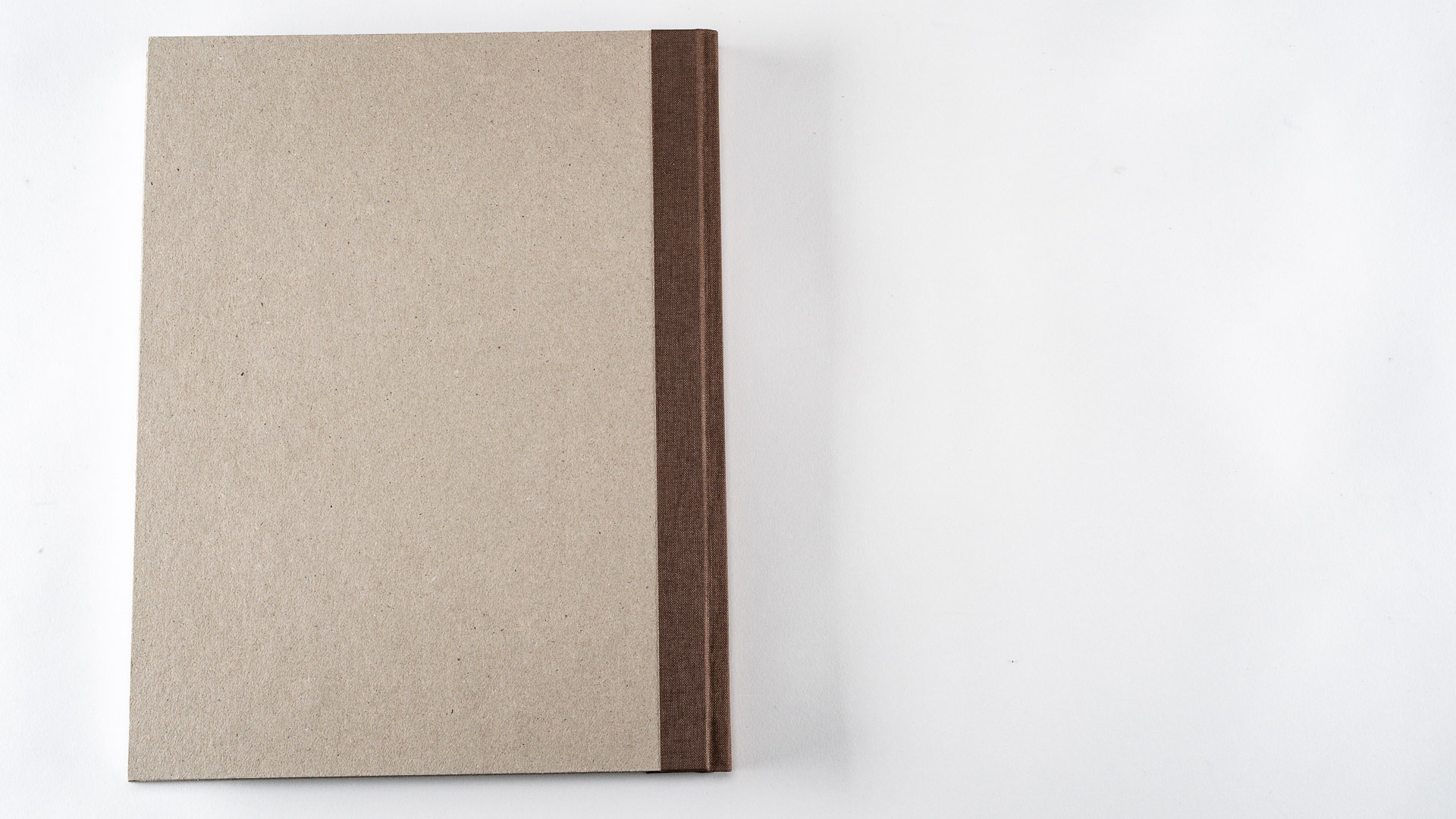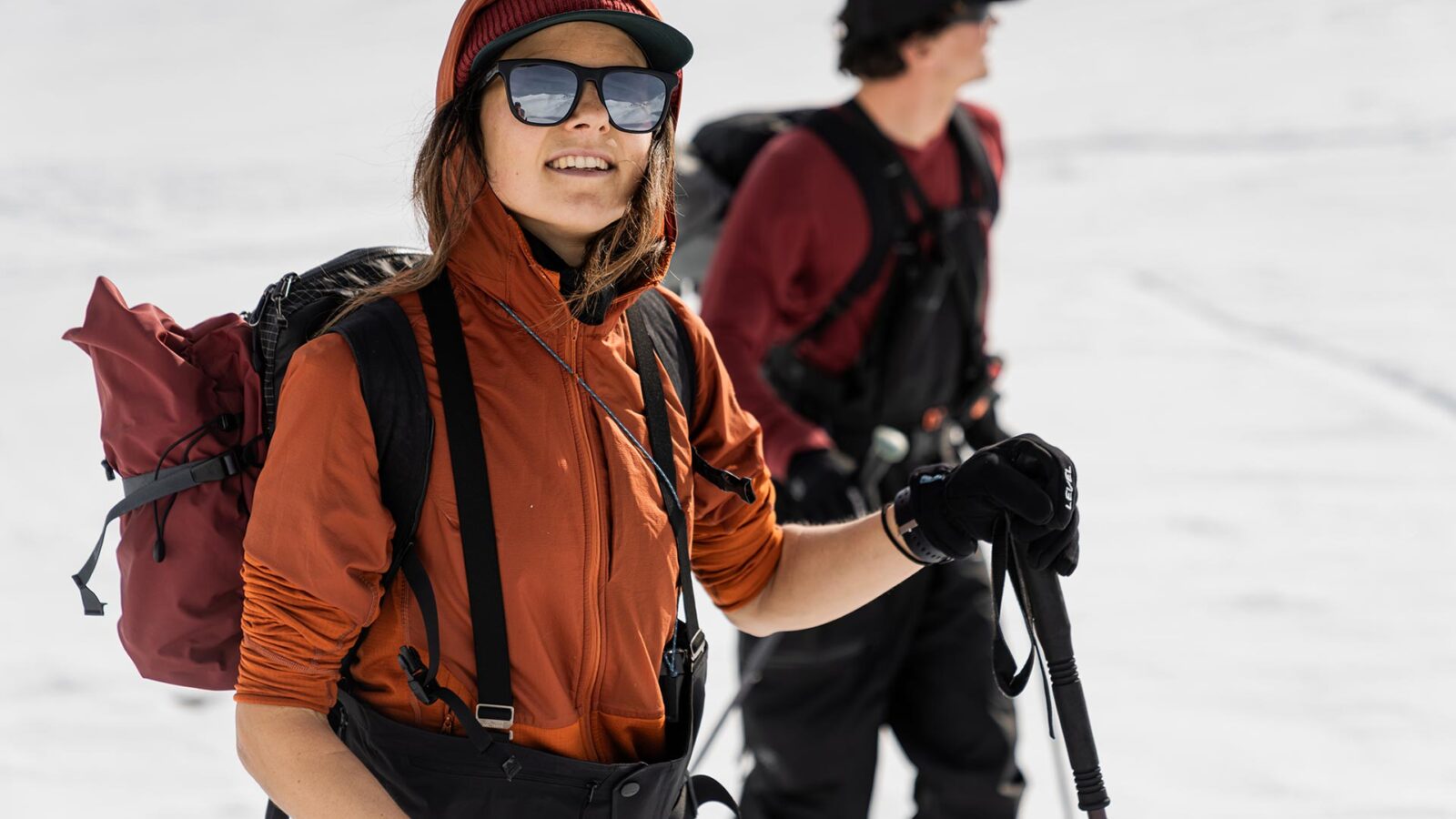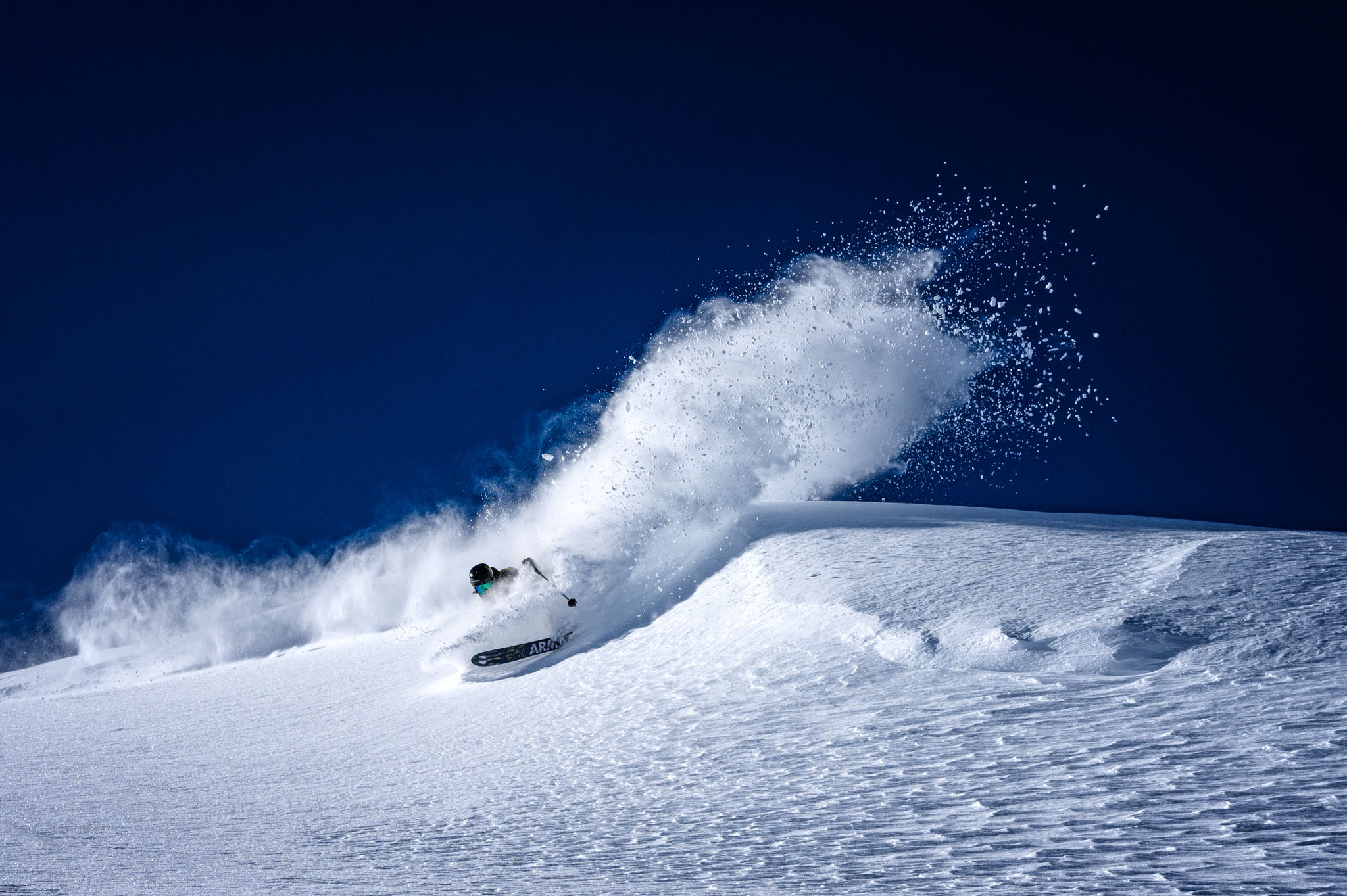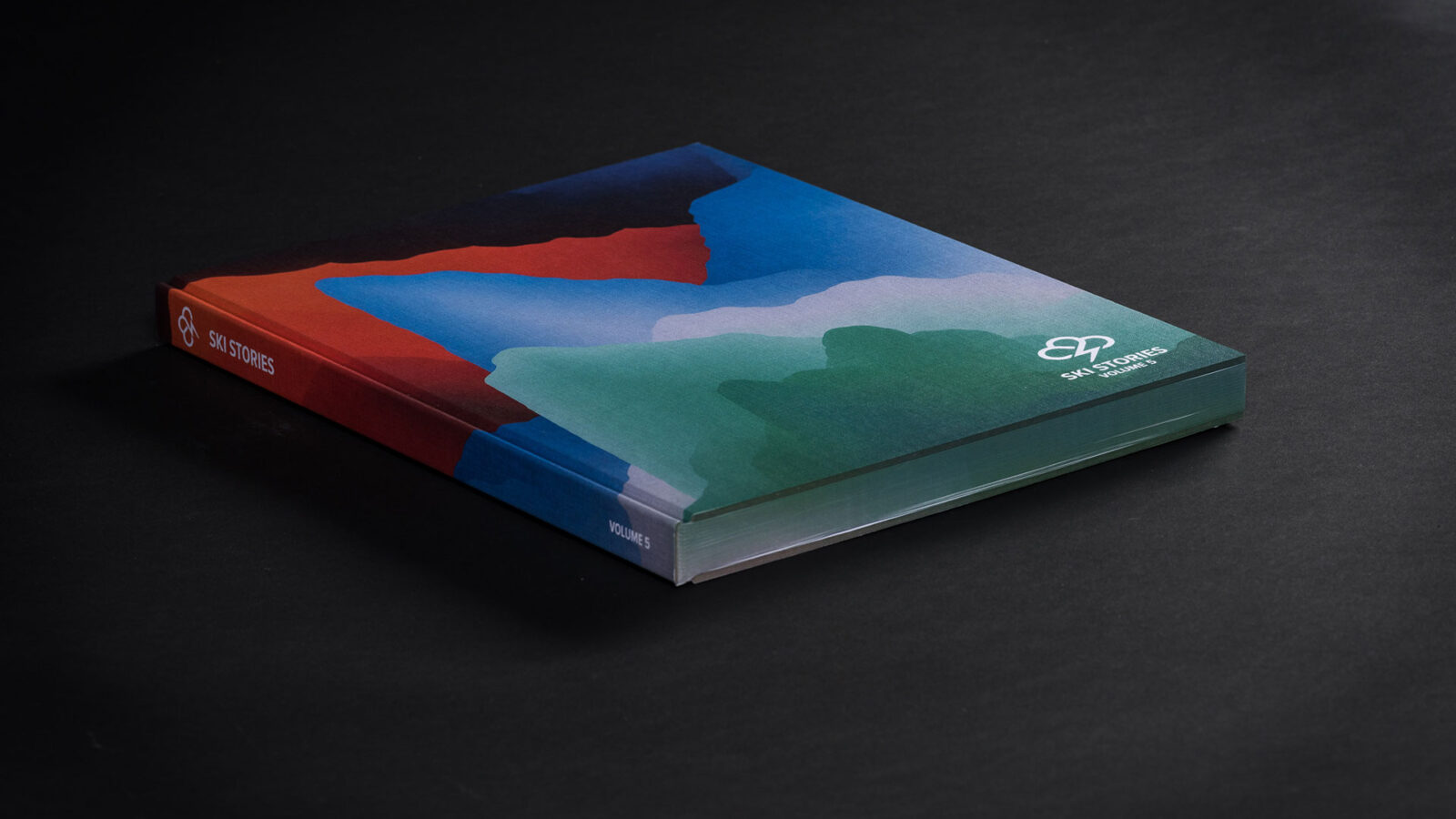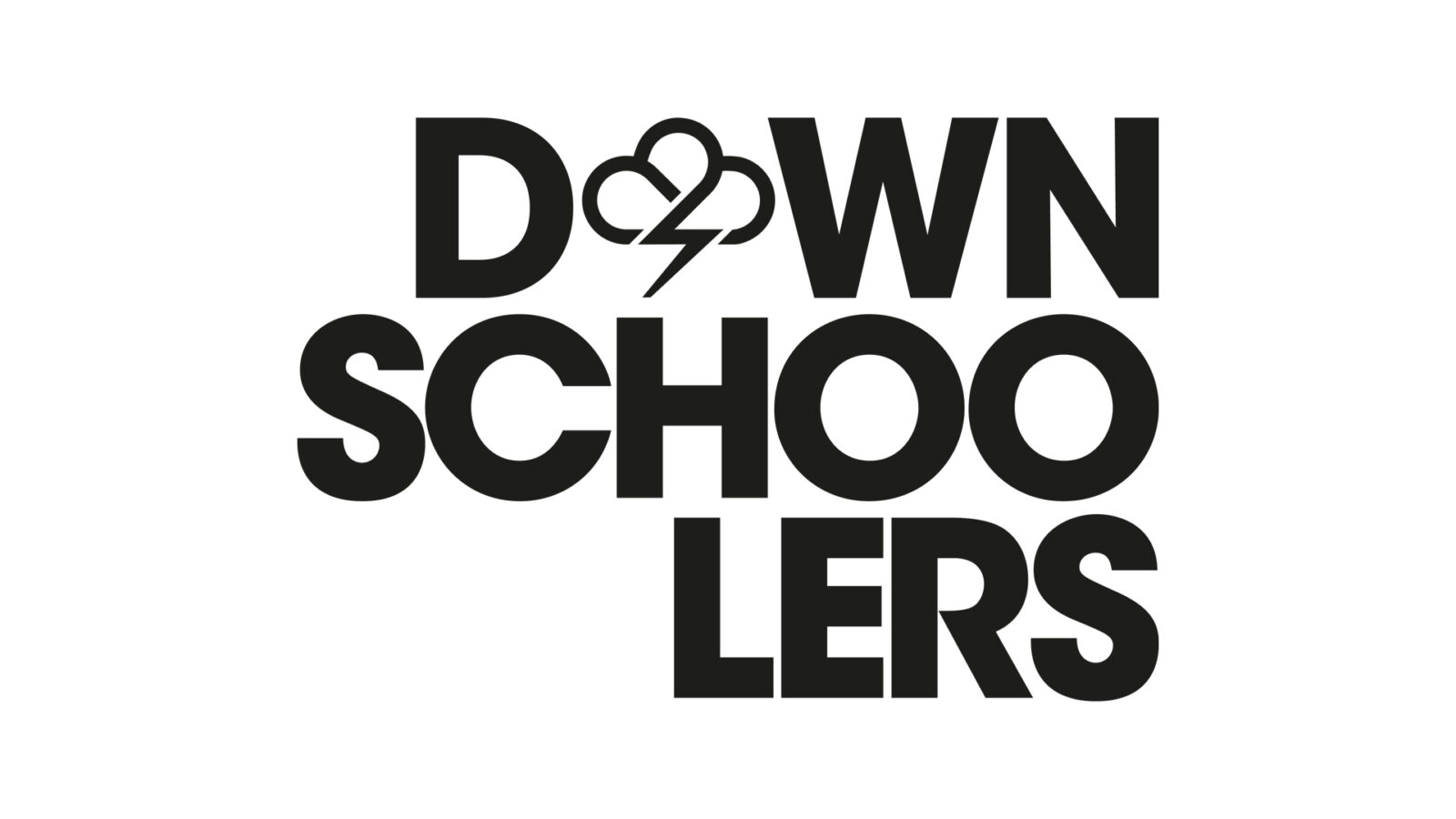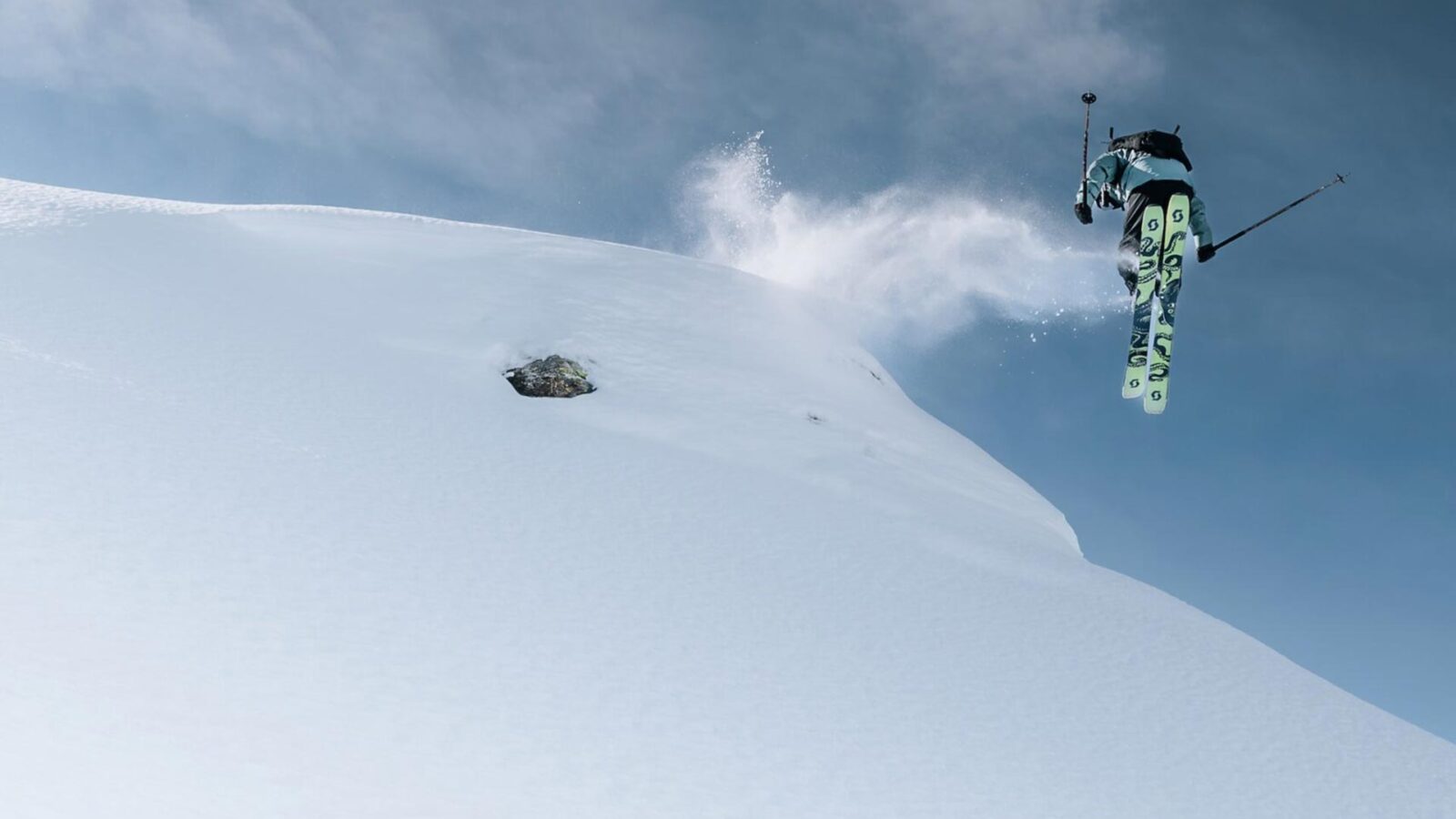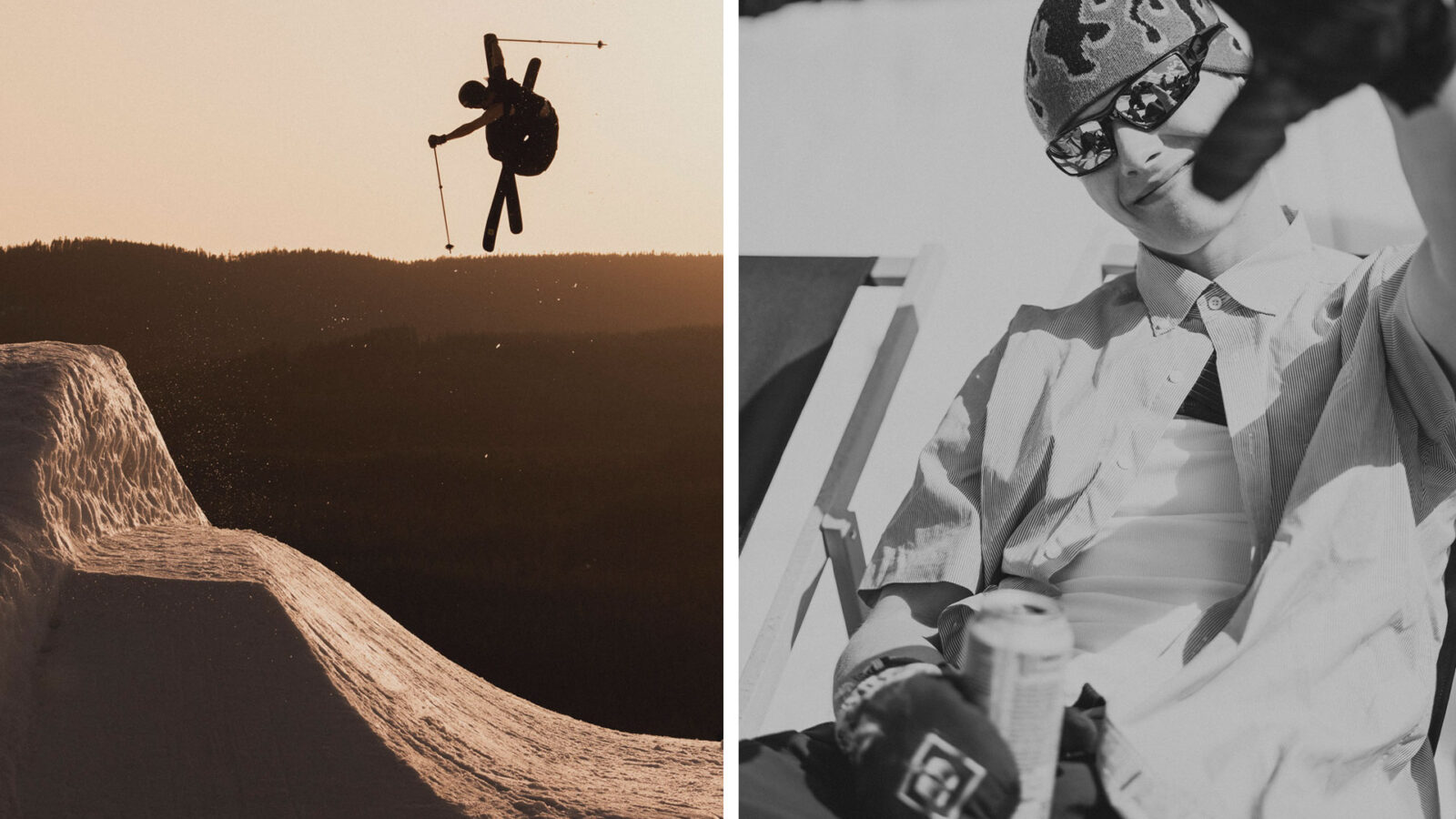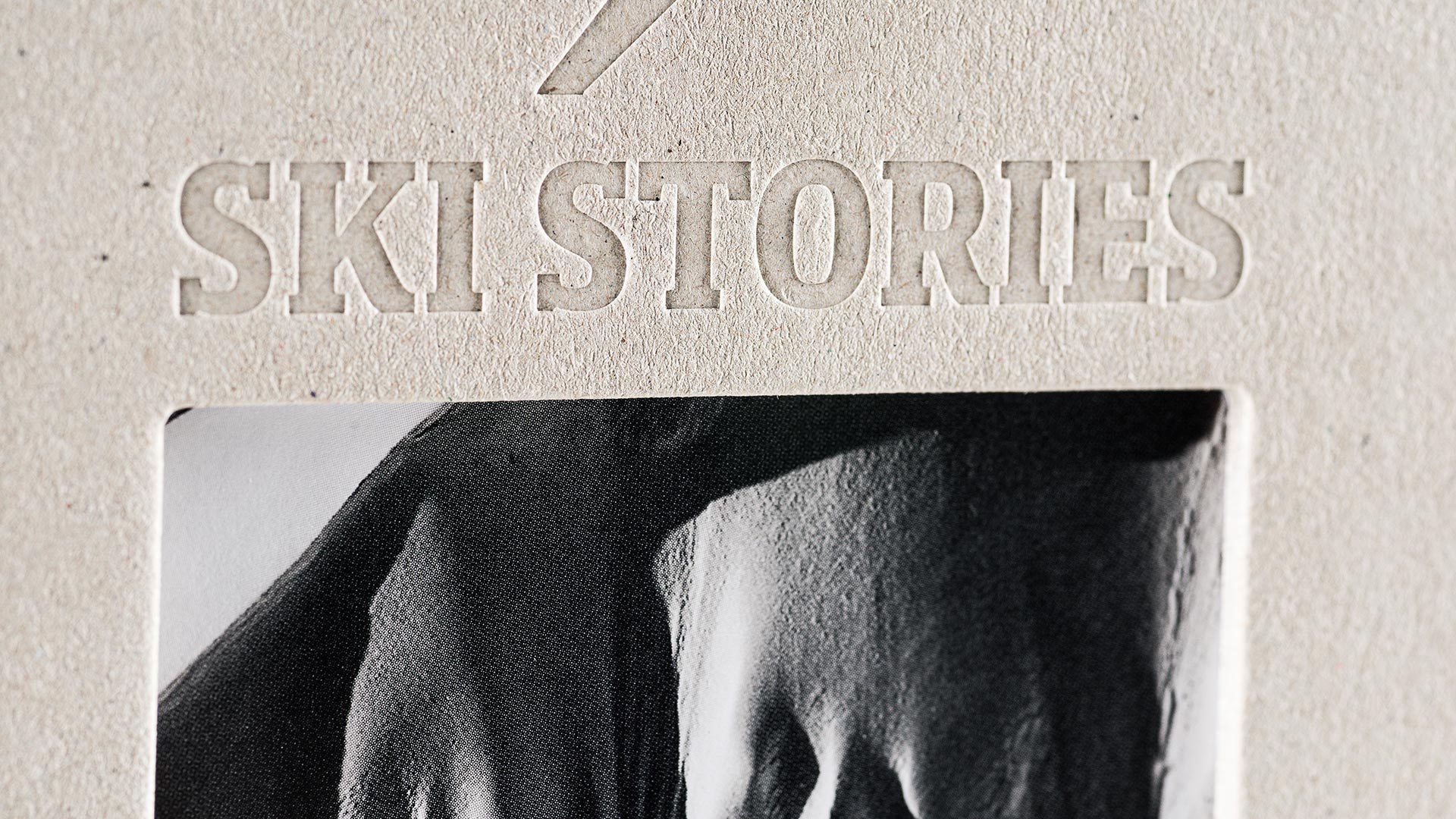
Stories
HighlightRead between the lines
The making of Ski Stories, Volume 3
You might have noticed: We've released another Downdays book! The third edition of our hardcover series is called Ski Stories, Volume 3.
Since this is an introduction article, I suppose I should tell you something about the contents of the book. I’ll be brief, however, because I'd prefer to give you some insights into how and why we made this book. In a nutshell, Ski Stories, Volume 3 is another must-read for every true skiing enthusiast: a carefully assembled collection of insightful interviews, interesting stories and entertaining field reports, not to mention a collection of spectacular ski photography. Add a tasteful layout, high-quality printing and an eye for detail—if we're allowed to pat ourselves on the back—and you've got an elegant package, the contents of which will captivate the imagination of the core shred-head and the novice enthusiast alike.
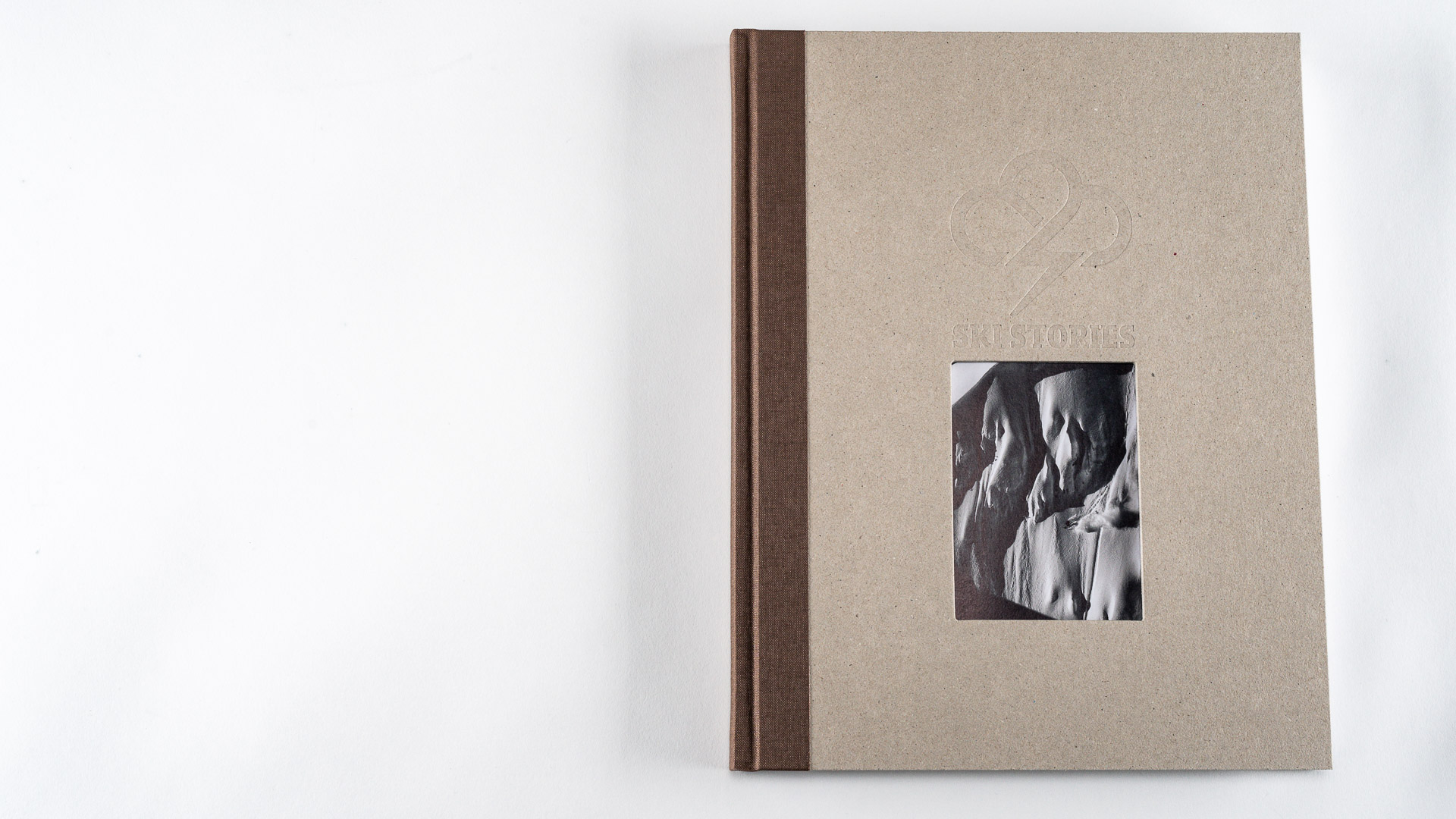
Conversations
Nikolai Schirmer tells his story of becoming one of the most influential skiers today, without going the route of traditional sponsorship; what drives him beyond the search for powder; and why environmental awareness is important in skiing, but not the only thing we should care about.
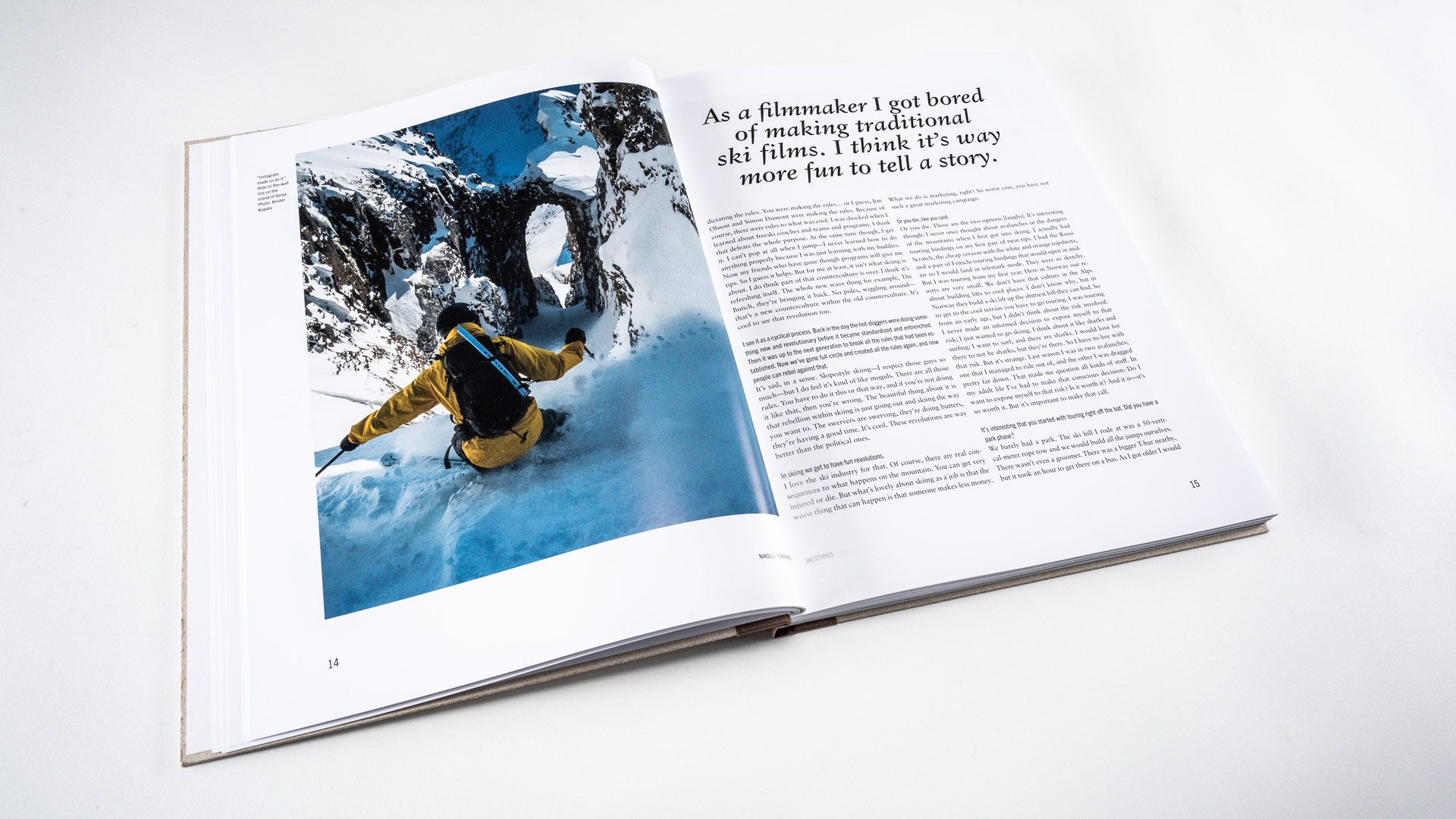
Kelly Sildaru’s interview is a harder one to read, but no less important. Her path has been, on the surface, one of the biggest success stories in freeskiing, but this has only been only half the tale. Her meteoric rise on the contest course has long overshadowed her personal story, which unfortunately, is one of abuse by her father. It's not the first time that Kelly has told this story, but her interview with us is the first one to address the topic head-on in an English-language publication.
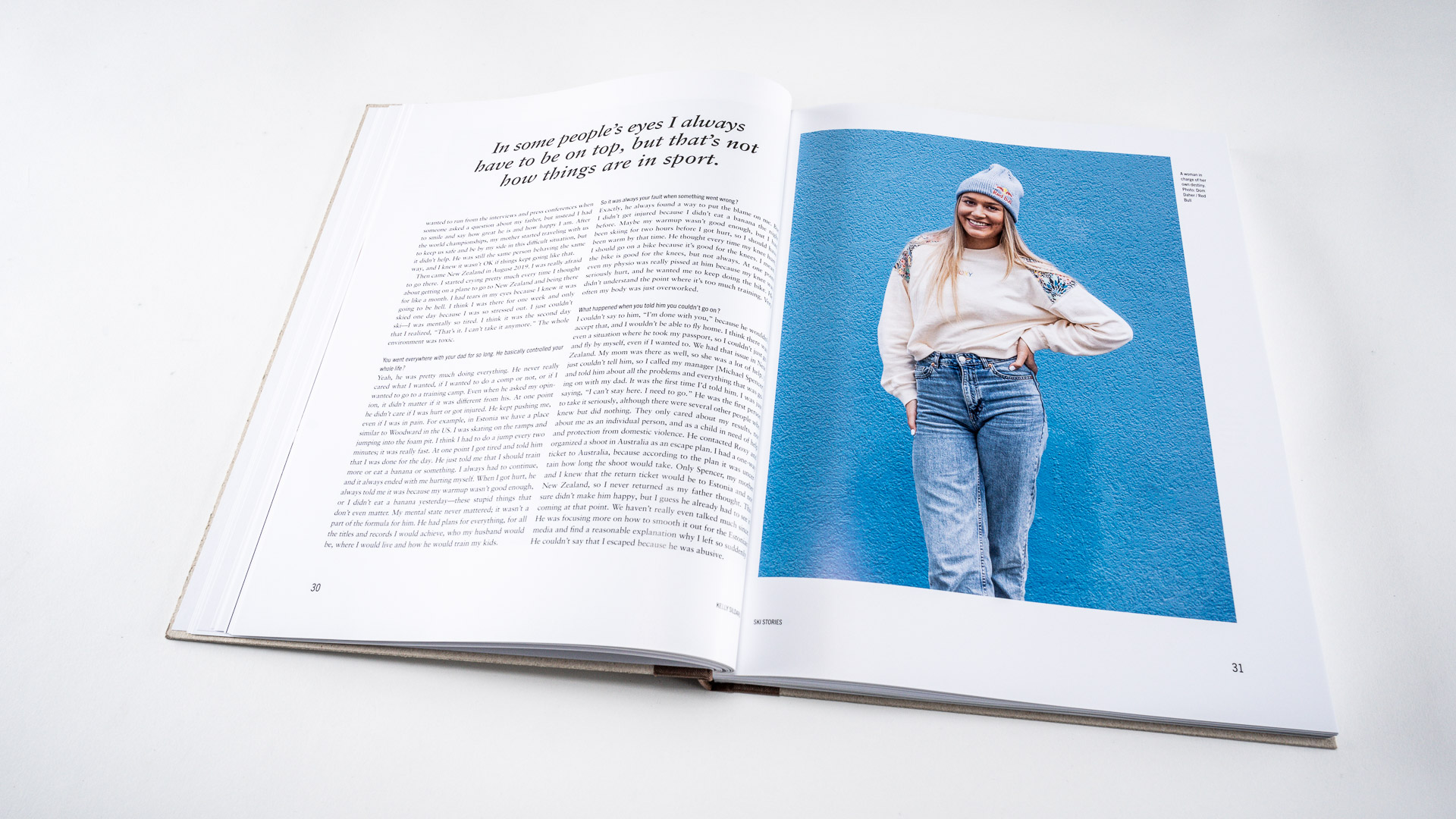
James “Woodsy” Woods is definitely an easier read, but still worth every single word. It’s inspiring how a sport like freeskiing can propel a kid from the industrial town of Sheffield to a globe-trotting lifestyle and a surf hotel in Nicaragua. Woodsy is without a doubt an entertaining storyteller as he recounts the journey that skiing continues to lead him on.
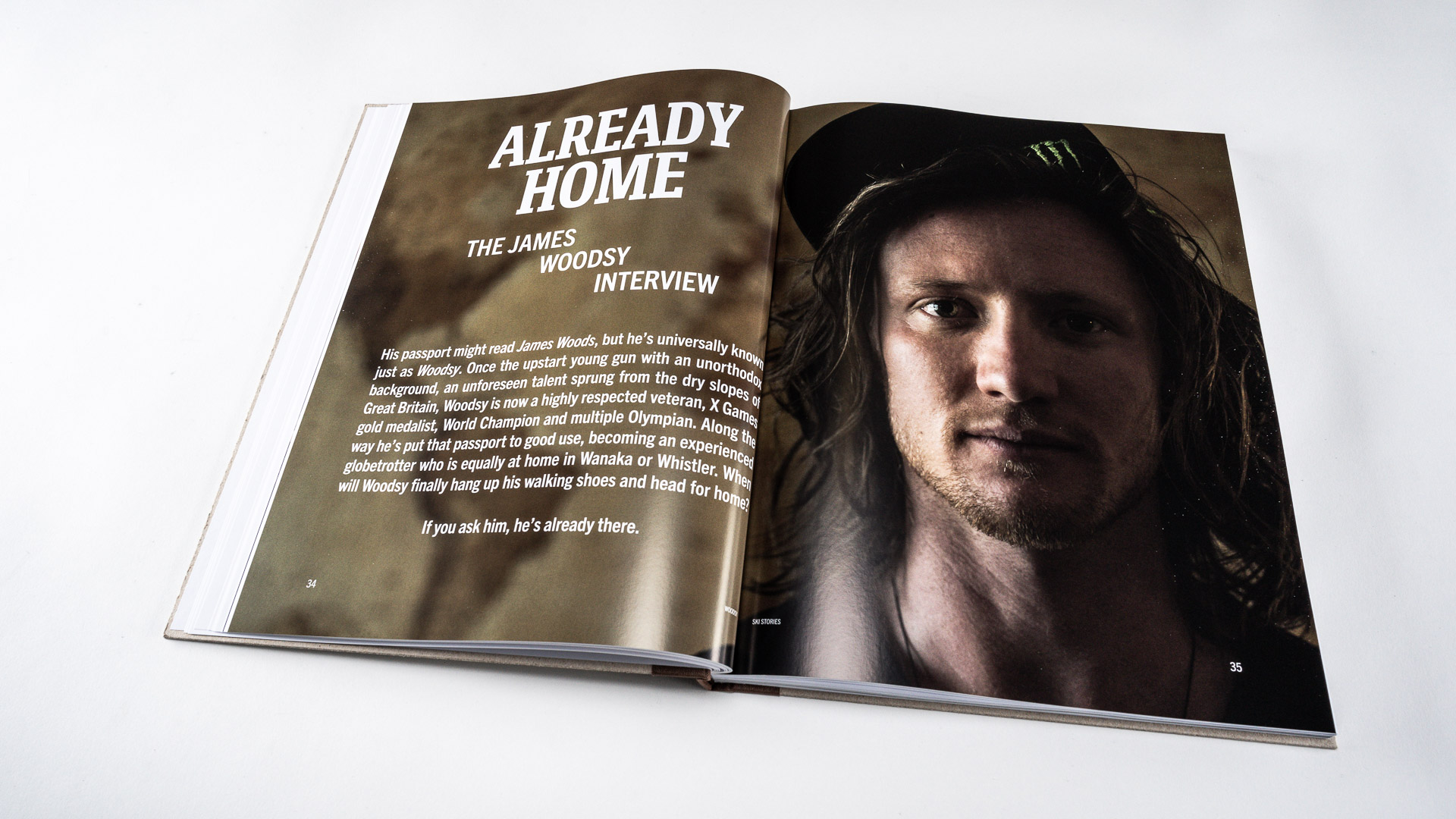
Elisabeth Gerritzen is the reigning Freeride World Champion. However, her focus is not only on skiing. She represents a modern feminism, and her competition success has enabled her to do so on a bigger stage. We hope the ski world will be listening to her and will embrace her perspective. Reading her interview is definitely a good starting point.
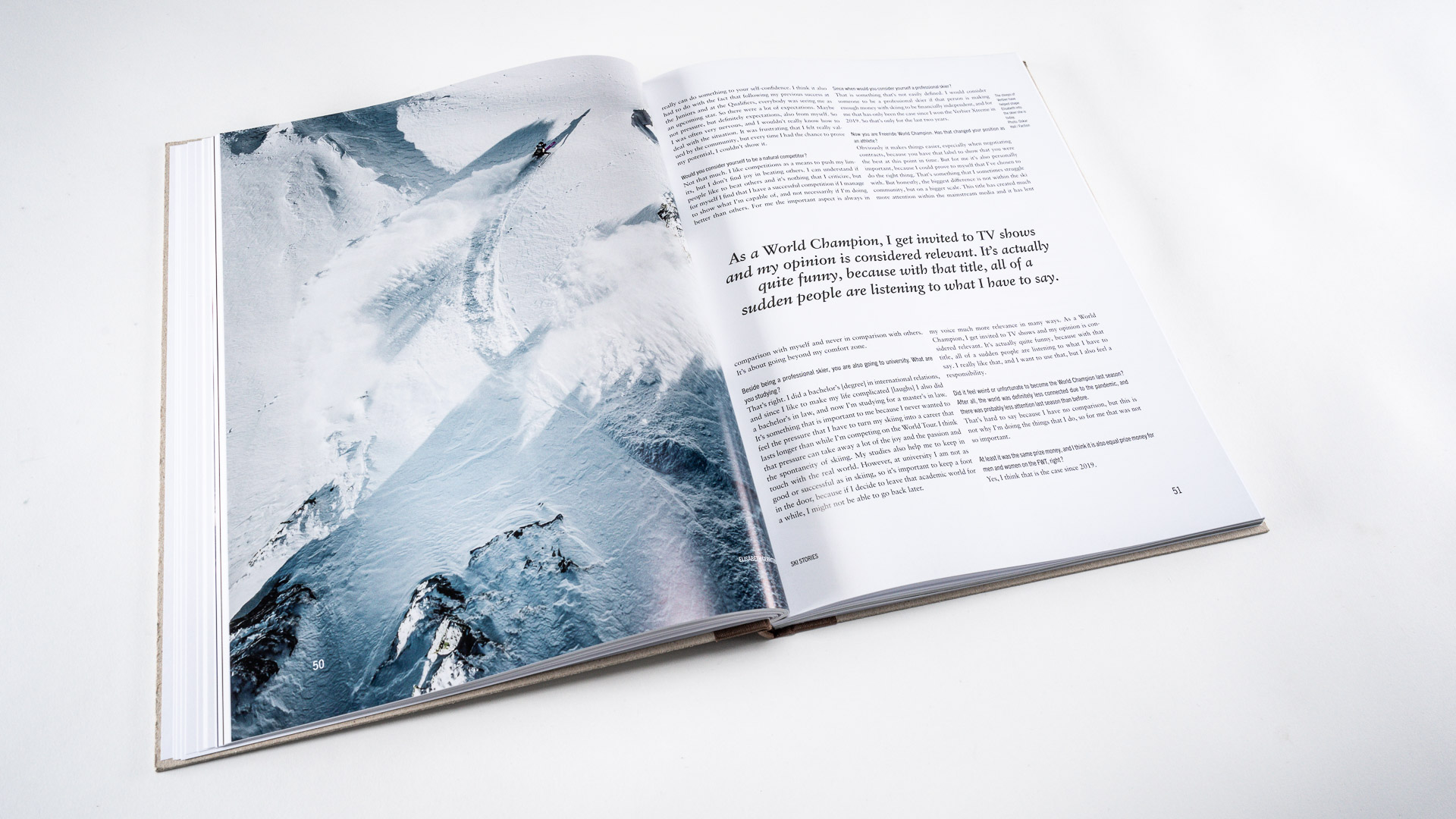
Complications
French photographer Max Ramoul presents us a portfolio of his ski photography that's less focused on action, more on the skiing lifestyle and the personalities in front of his lens. He does so with creativity, deep respect for his subjects, and an edge of attitude—all the elements needed for a gallery of rare quality.
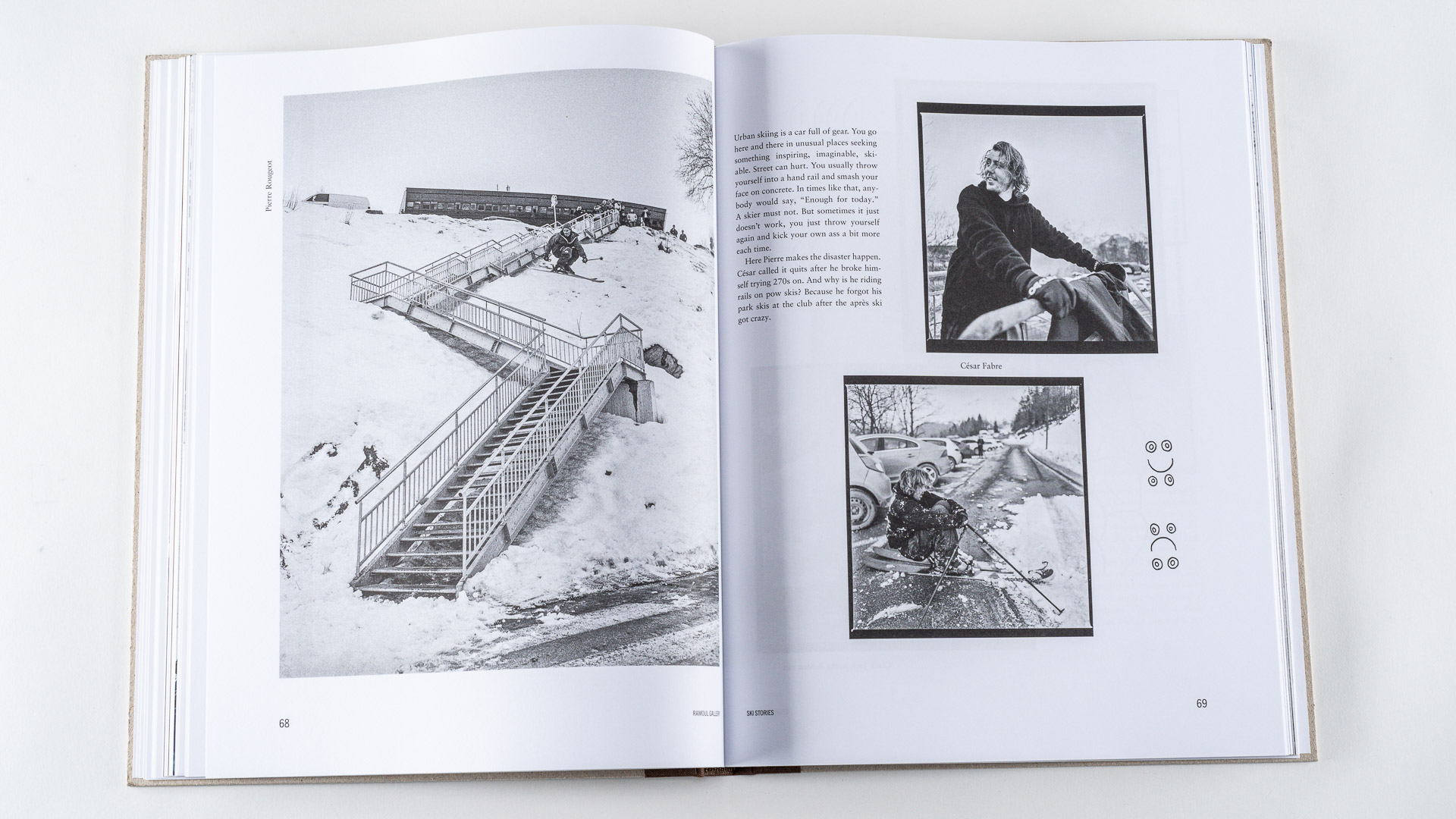
With the twin specters of the Covid pandemic and the climate crisis overshadowing our beloved sport, these are most definitely interesting times. In Tomorrow’s Snow we investigate some of their effects.
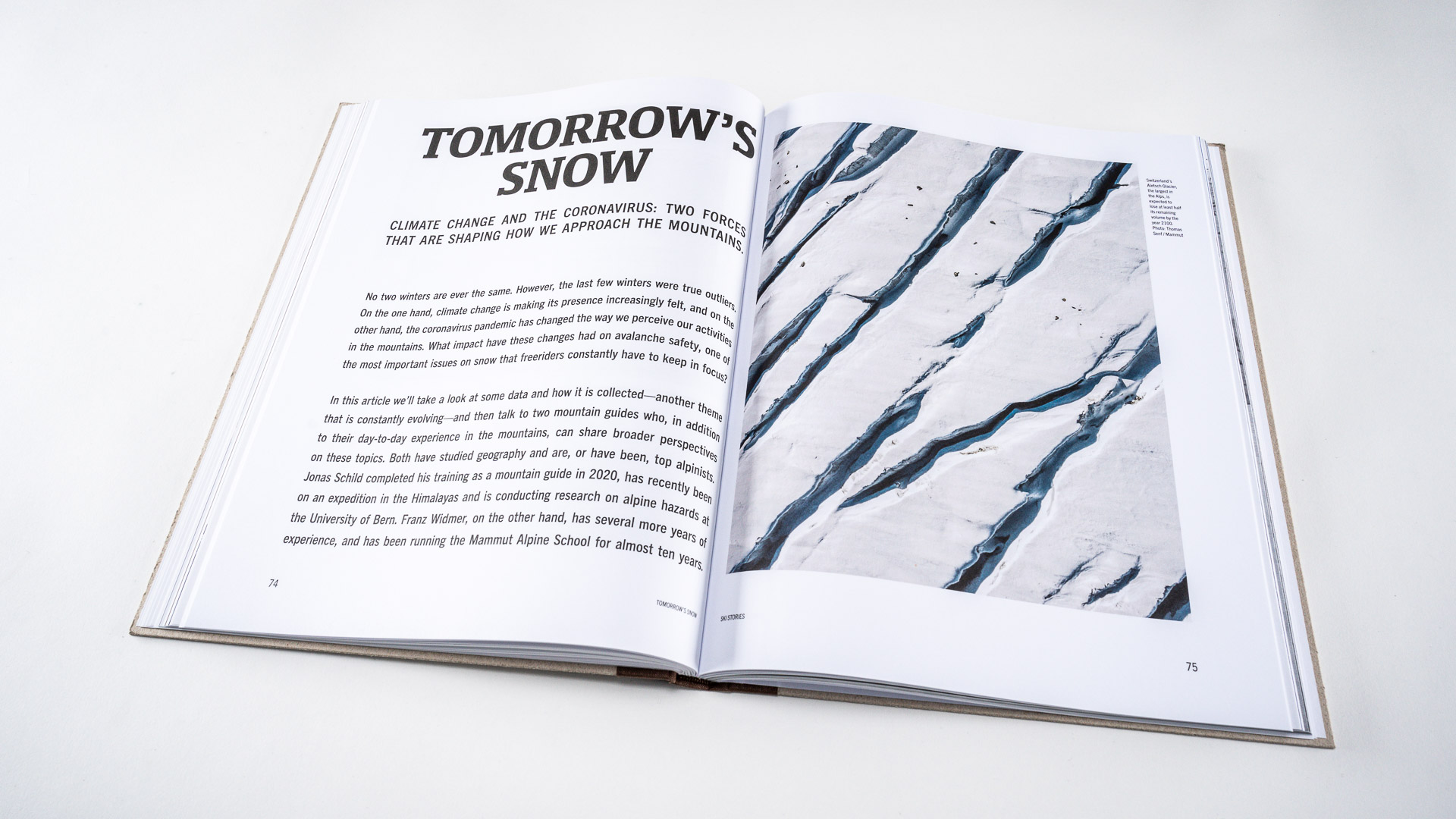
Sustainability is key—in today’s marketing, at least. Why this is good and bad, where the pitfalls of becoming sustainable lie and how the ski industry is managing within a global shift; all this and more is detailed in The Rocky Slope.
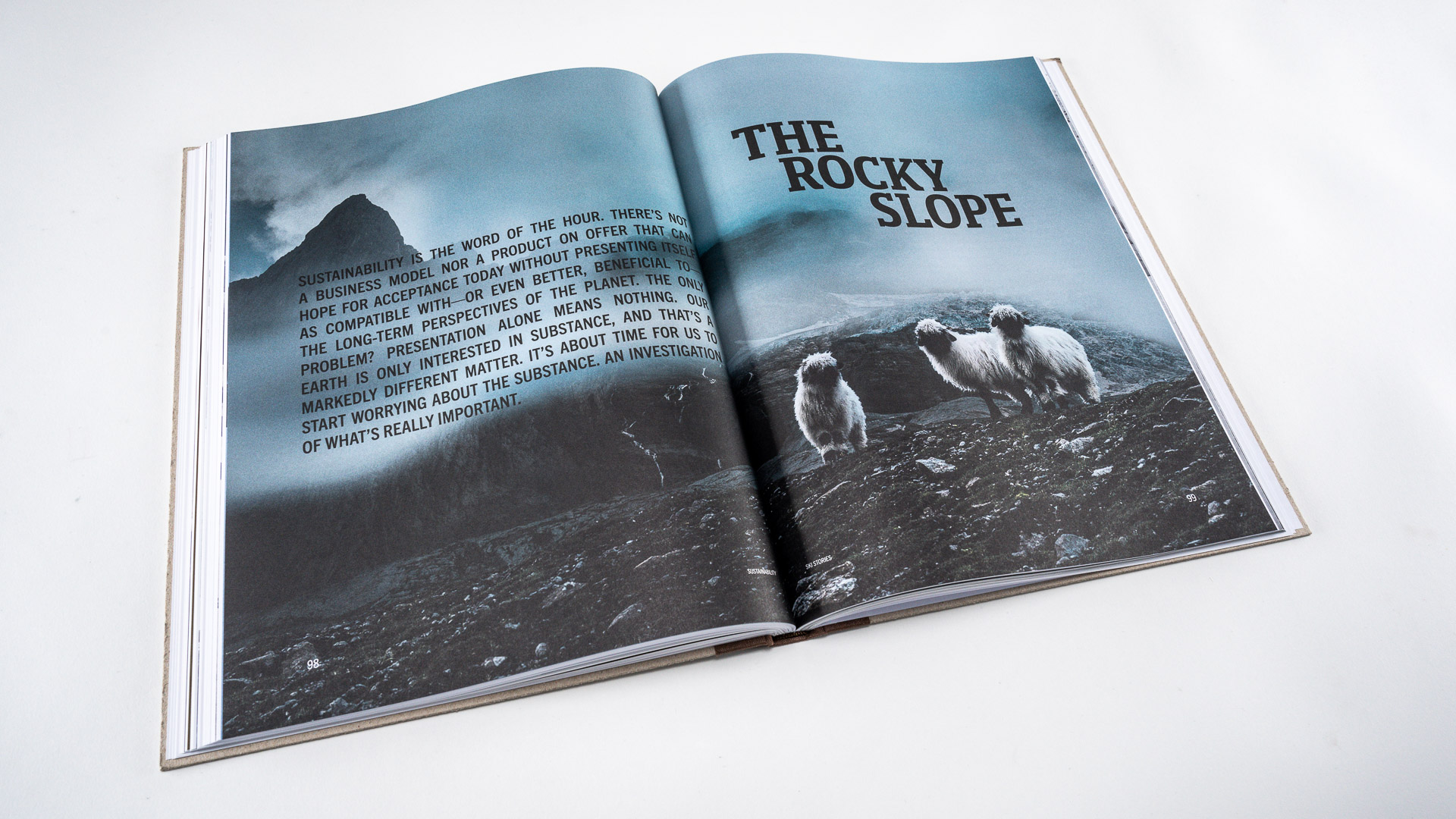
The coronavirus had a severe impact on the 2020/21 skiing season—in some countries more than in others. In the article Corona Season, crews from Italy, France and Germany report from the unimaginable become real: a winter without lift-served skiing.
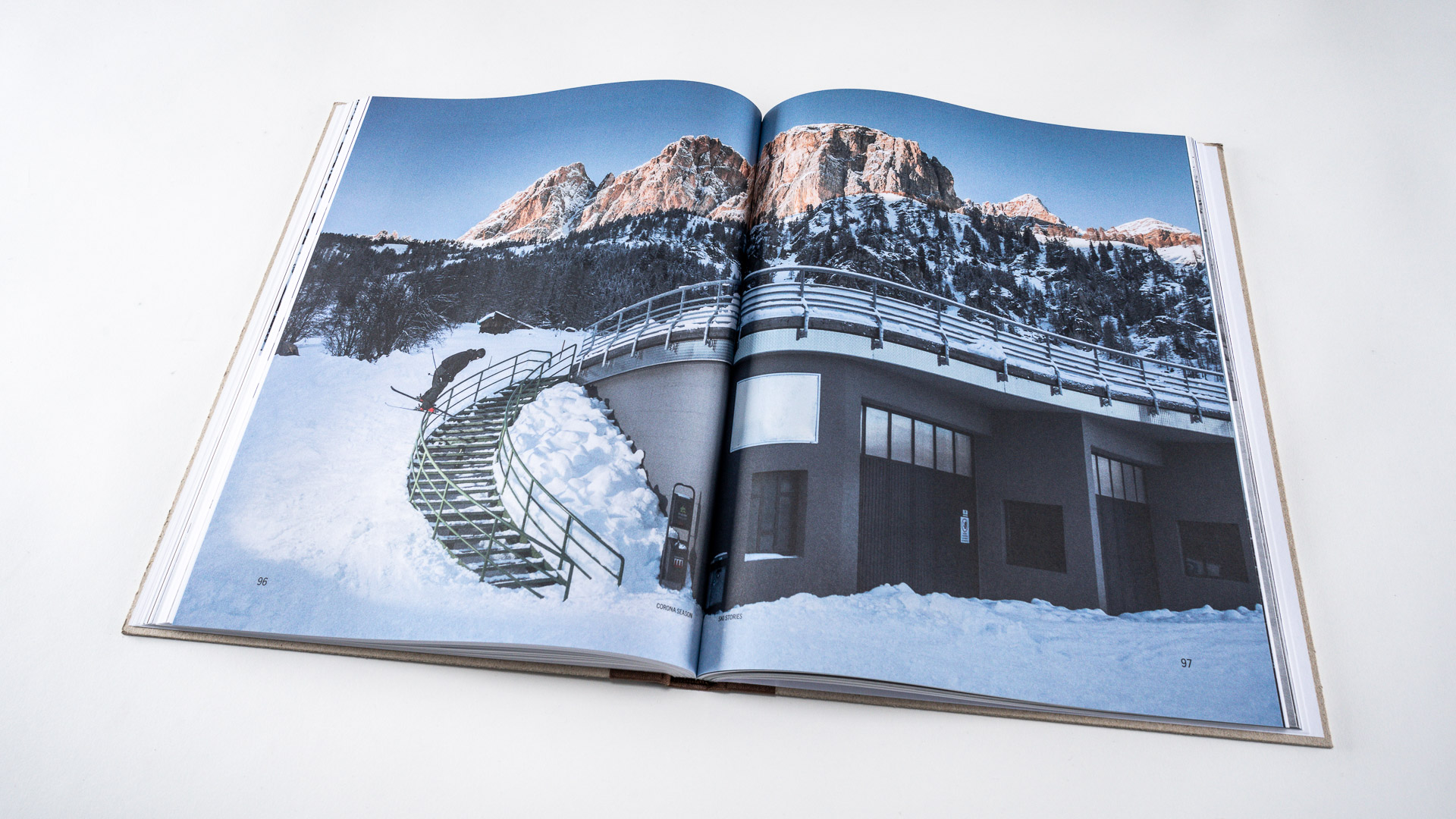
Congregations
In Holy Pow, Axel Adolfsson uncovers the story of how Swedish skiers transformed the once sleepy Swiss resort of Engelberg into a powder heaven.
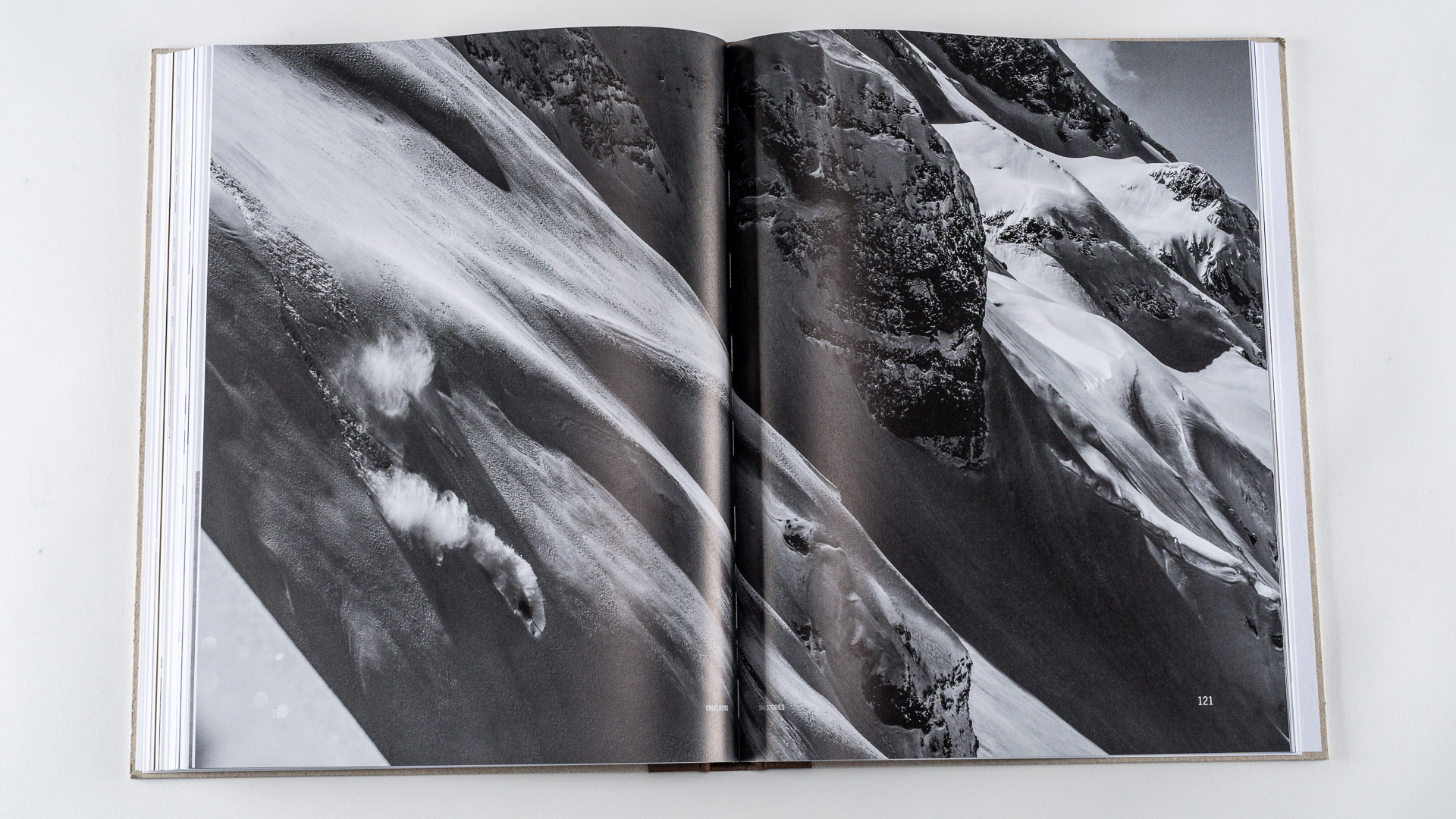
Lip on, back 2 proselytizer Tall-T Dan reports about his encounter with the Forre crew, arguably the most cutting-edge urban ski collective of today, as they work on Finding the Forrmula at Finland's gnarliest street-skiing spots.
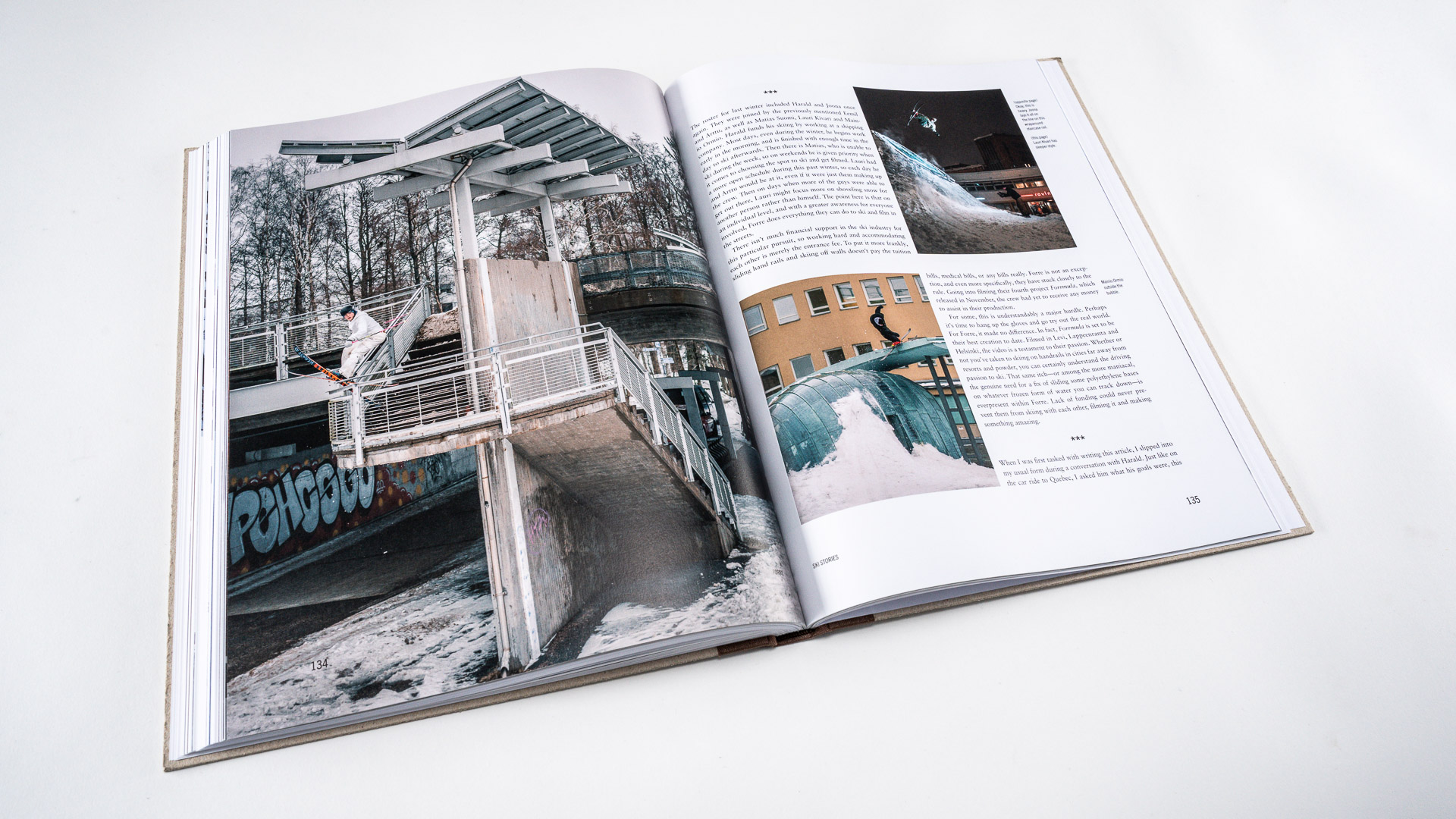
Anna Smoothy gives us a breakdown of the thriving and talented freeski scene of New Zealand, seeking for hints as to why so many athletes from these islands in the South Pacific break to international stardom.
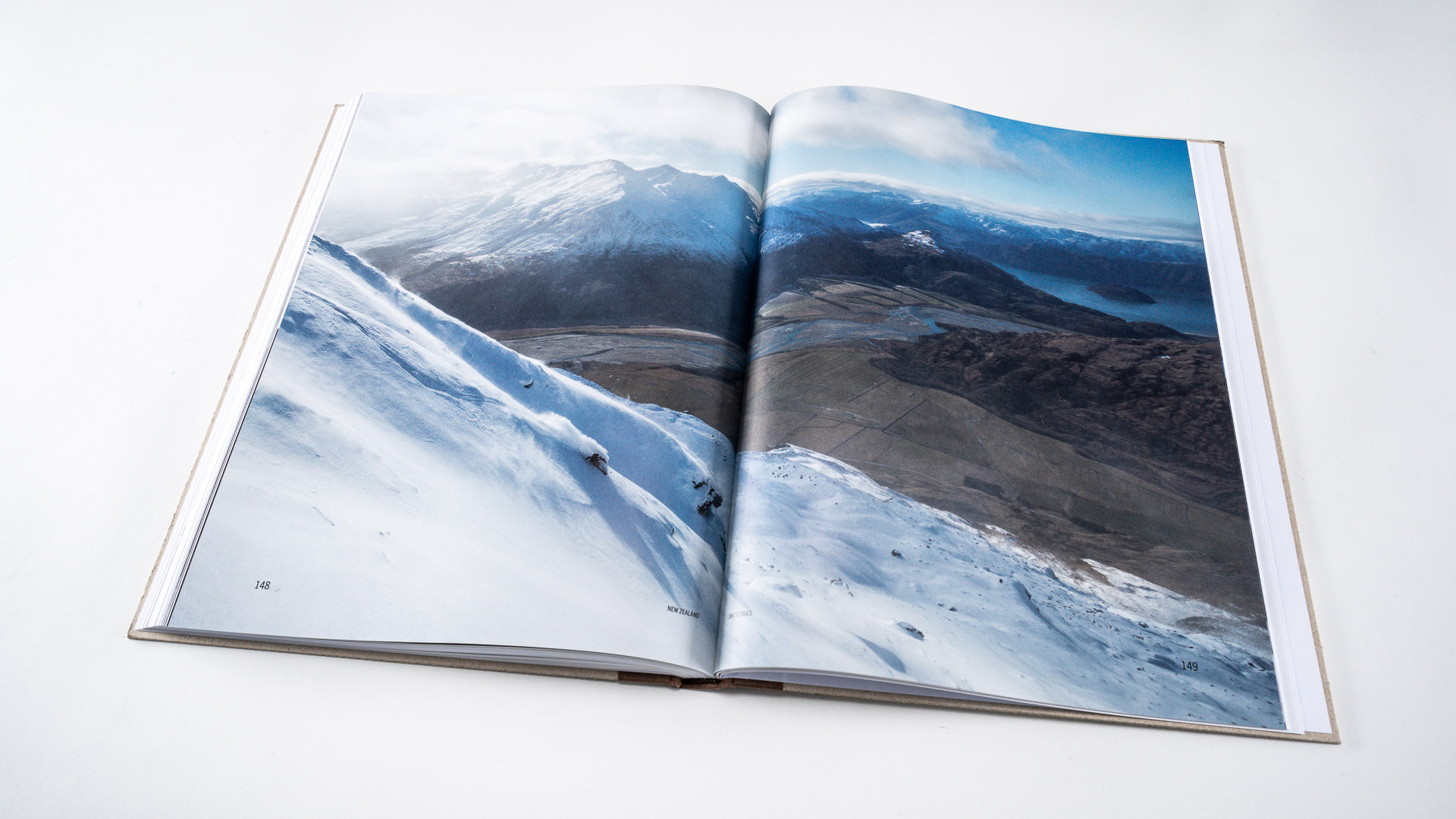
Finally, we take a look at the Golden Age of freeskiing. While this classification may be disputable, a great collection of classic images from Chris O’Connell, Alex O’Brien and Christoffer Sjöström are a strong proof of case, stirring memories of the sport's heady days of yore.
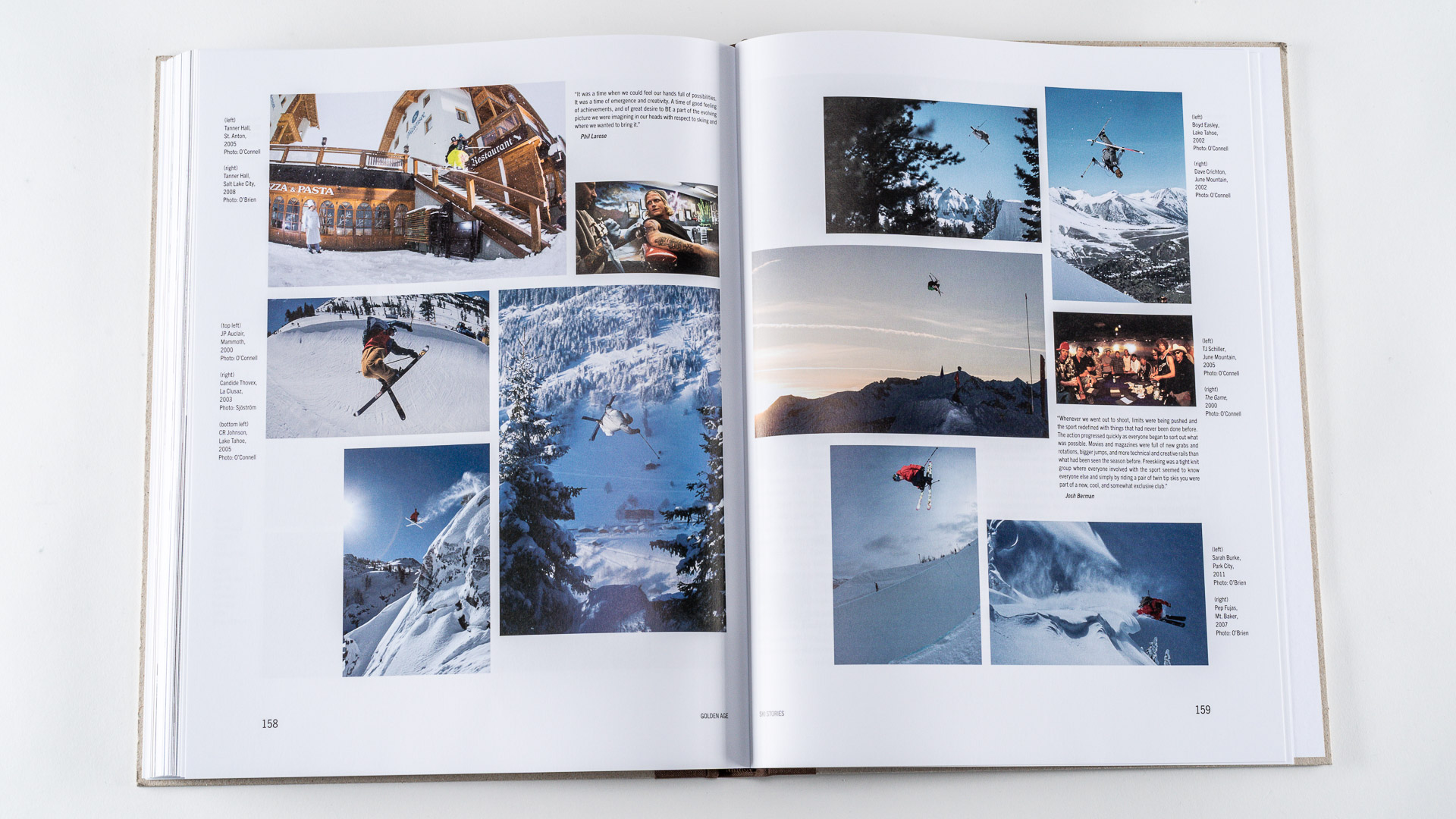
Digging Deeper
With the content recap out of the way, it’s time to dive into some less obvious aspects. For example: Why isn’t it called Ski Stories 2021, since it follows on the heels of Ski Stories 2019 and Ski Stories 2020? And why are we making a book, anyway? The simple answer to the second question is that we really like to make high-quality print products about skiing. We love to tell stories and showcase photography, and we want to present them in a memorable fashion that's best realized within a hard cover. Unfortunately it's not so easy to make a book like this, and that's the short answer to the first question.
The truth is, from an economical standpoint, producing high-quality books for a small target group like hardcore skiers is not the world's most profitable endeavor. It takes a lot of time, the production is expensive and the sales potential is limited. Fortunately, we're able to rely on brand partners who support us in what we're doing—even when they don’t actually know what they will get before ensuring their support. We'd like to give a huge shoutout to Engelberg-Titlis, Holmenkol, Mammut, Mons Royale, Monster Energy, Oakley, Ortovox, Peak Performance, Rossignol and Ski Lodge Engelberg for supporting the production of Ski Stories, Volume 3.
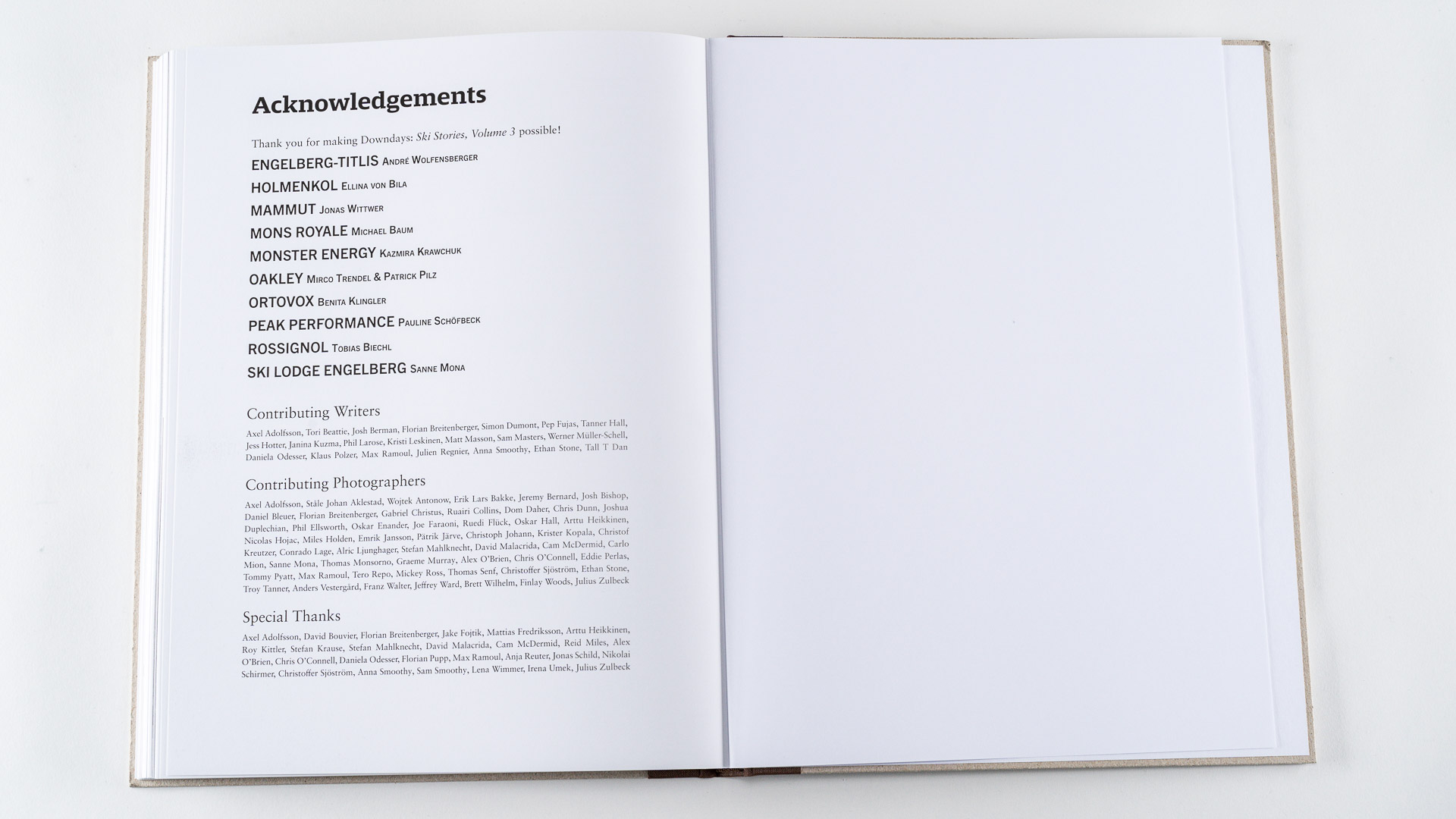
Editorial independence is very important to us: What we write, we really do mean. On the other hand, we also want to keep our partners happy—not just because we want to make another book next year, but also because we consider this to be only fair. In the end, I'm confident that we succeeded in reaching both goals: staying true to our editorial identity, and representing our partners well with carefully planned integrations.
The process of producing a book like Ski Stories, Volume 3 is exhaustive during normal times, and even more so in times of a pandemic. You might have heard that paper became a scarce resource last autumn. That made printing material not only more expensive, but literally out of reach at certain points. For the current book we used five different types of paper. There is one specific paper for each content section, a special paper for the cover photo and the black-and-white images separating the sections, and finally a unique paper type for the front and end sections. Fortunately, we have another great partner, our print house F&W in Upper Bavaria, who secured the special materials we wanted for an affordable price, and are generally open for the crazy ideas that we come up with.
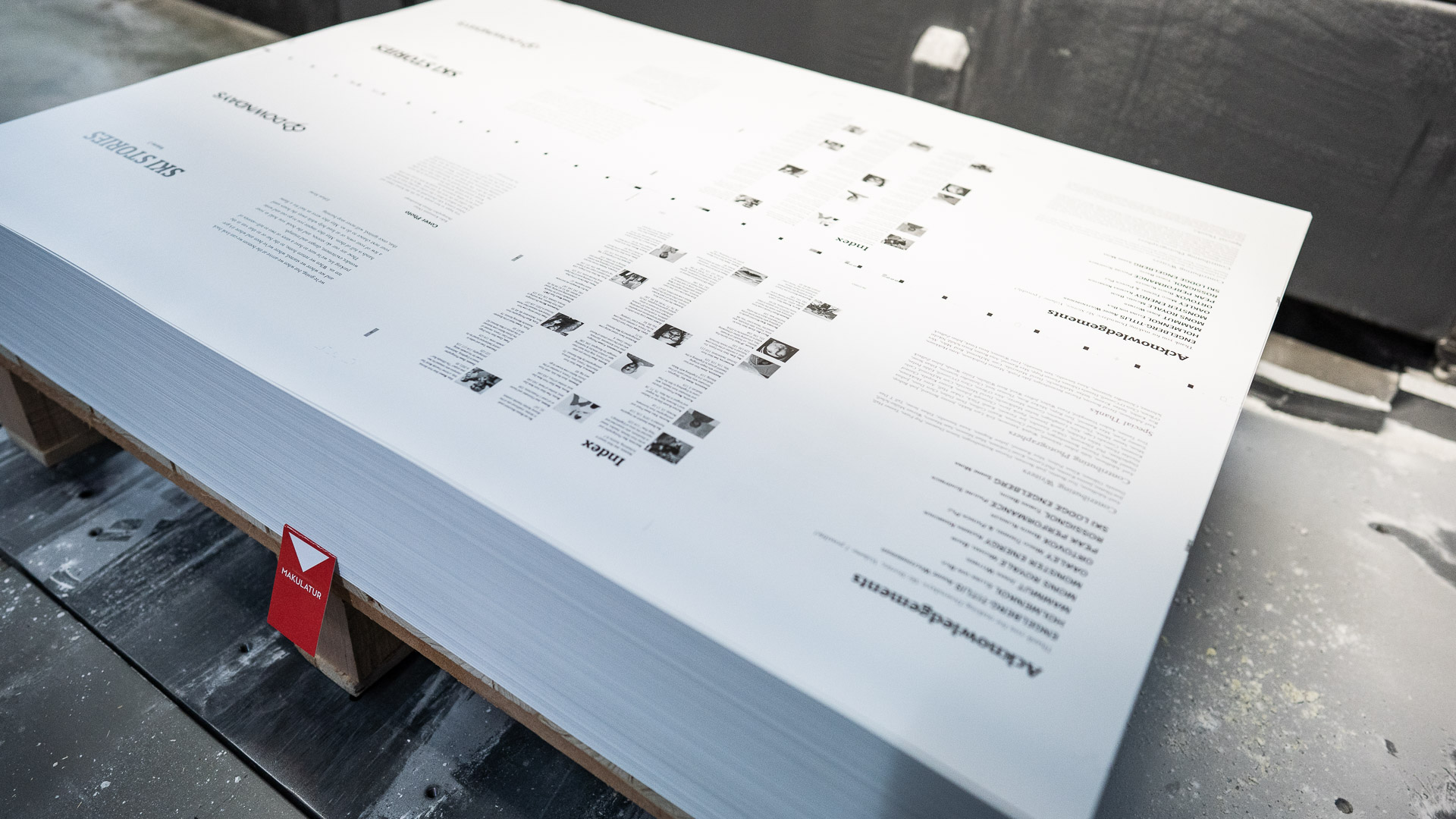
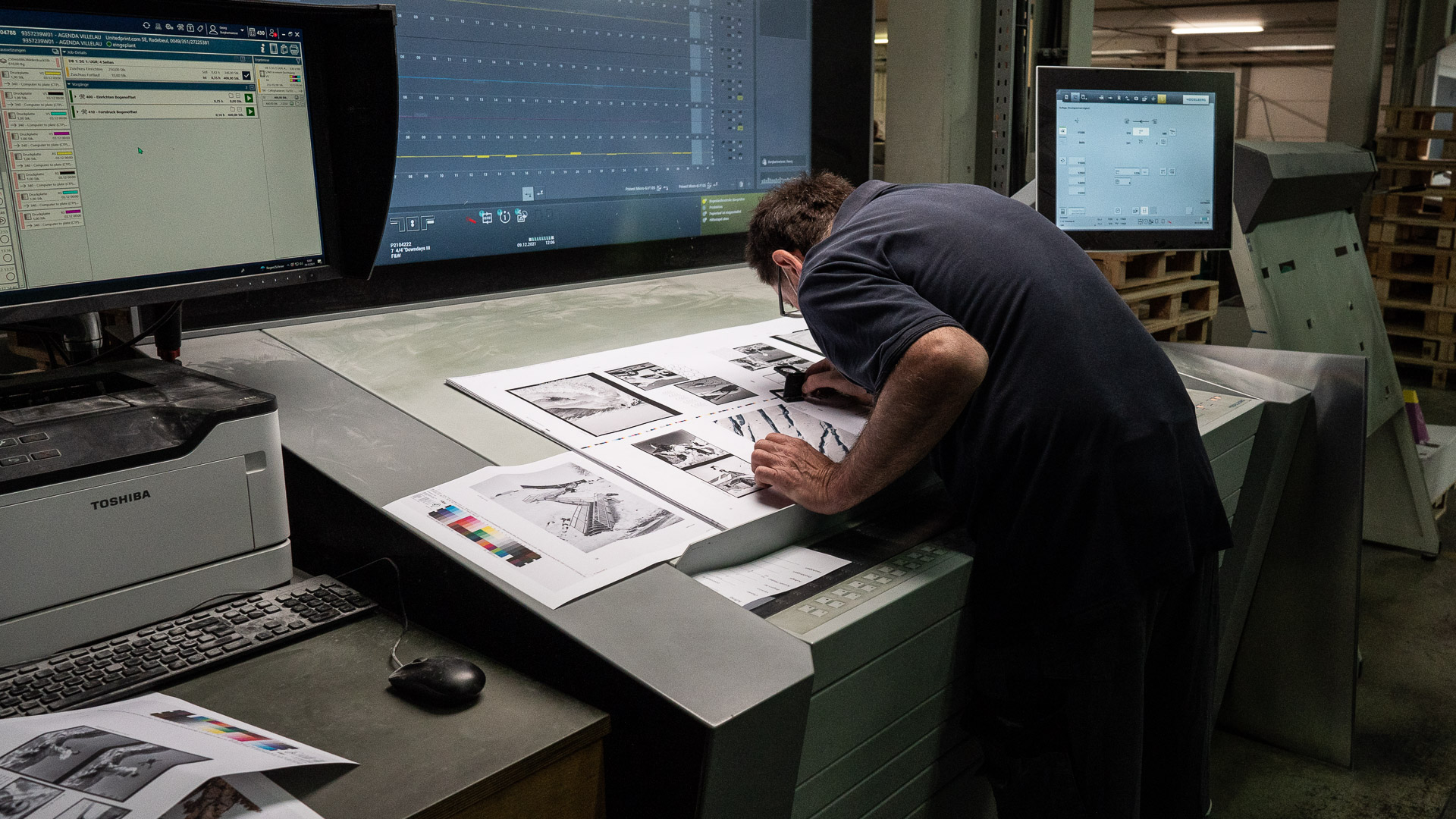
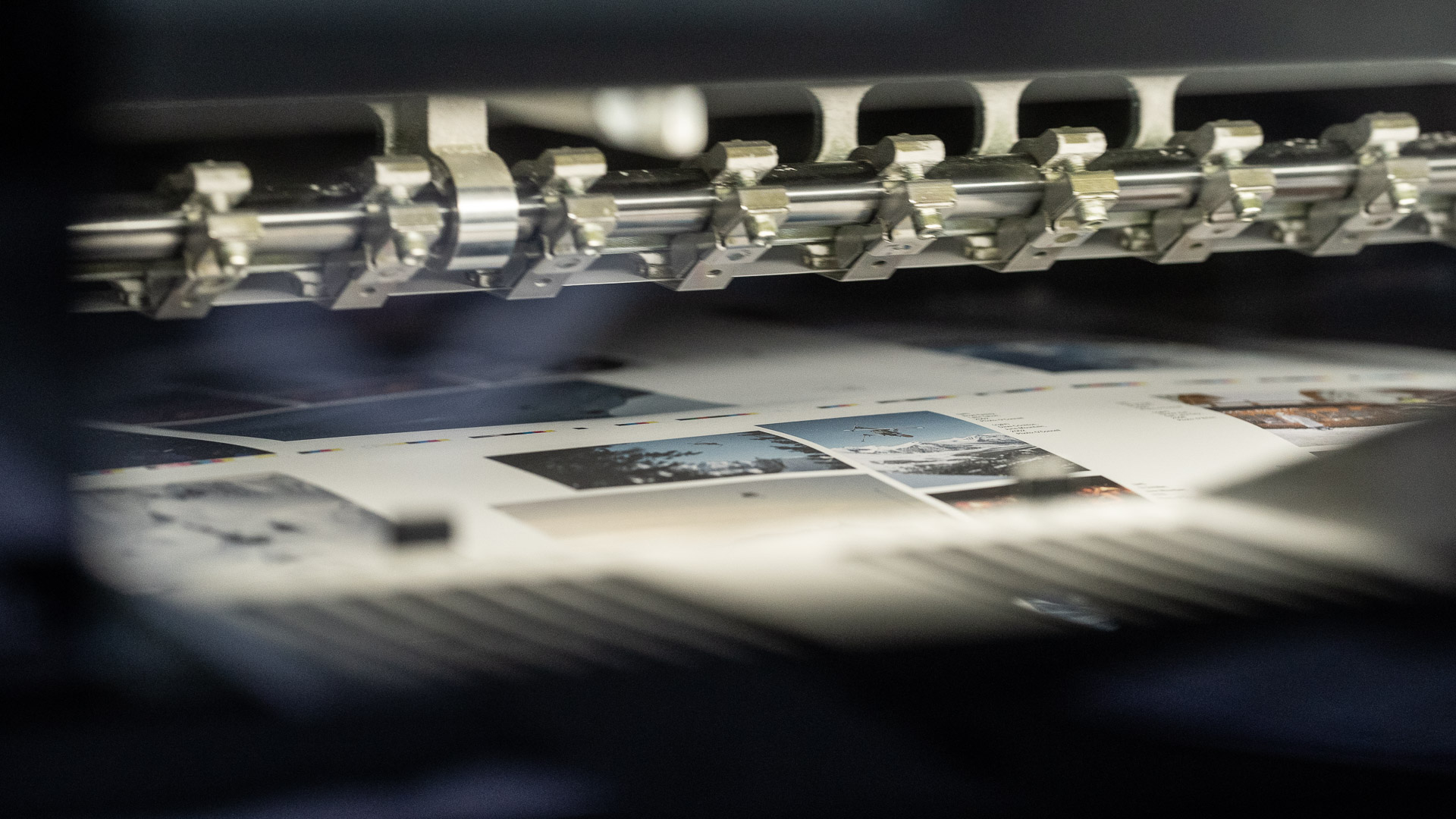
The cover cutout
That brings us to the cover concept. Obviously we want to create books that stand out from the rest. I think we achieved that goal with the first two editions of Ski Stories—in the first one thanks to the great artwork by Eric Pollard and Chris Benchetler, and in the second one with a unique design concept. Our challenge this time around was to keep that high level without breaking the bank. It was clear to us that this time we wanted to have a ski image on the cover. The problem was finding the right shot. We didn’t want to have a full-cover image, but rather a smaller photo in a frame that still screamed "action." When we saw Flo Breitenberger’s shot of Konsti Ottner from Montenegro, we immediately knew that it could work in a cropped format. However, we also liked the full photo too, so we figured that it would be a pity to crop out all of the great details of the landscape. That’s how the idea of the cutout came about.
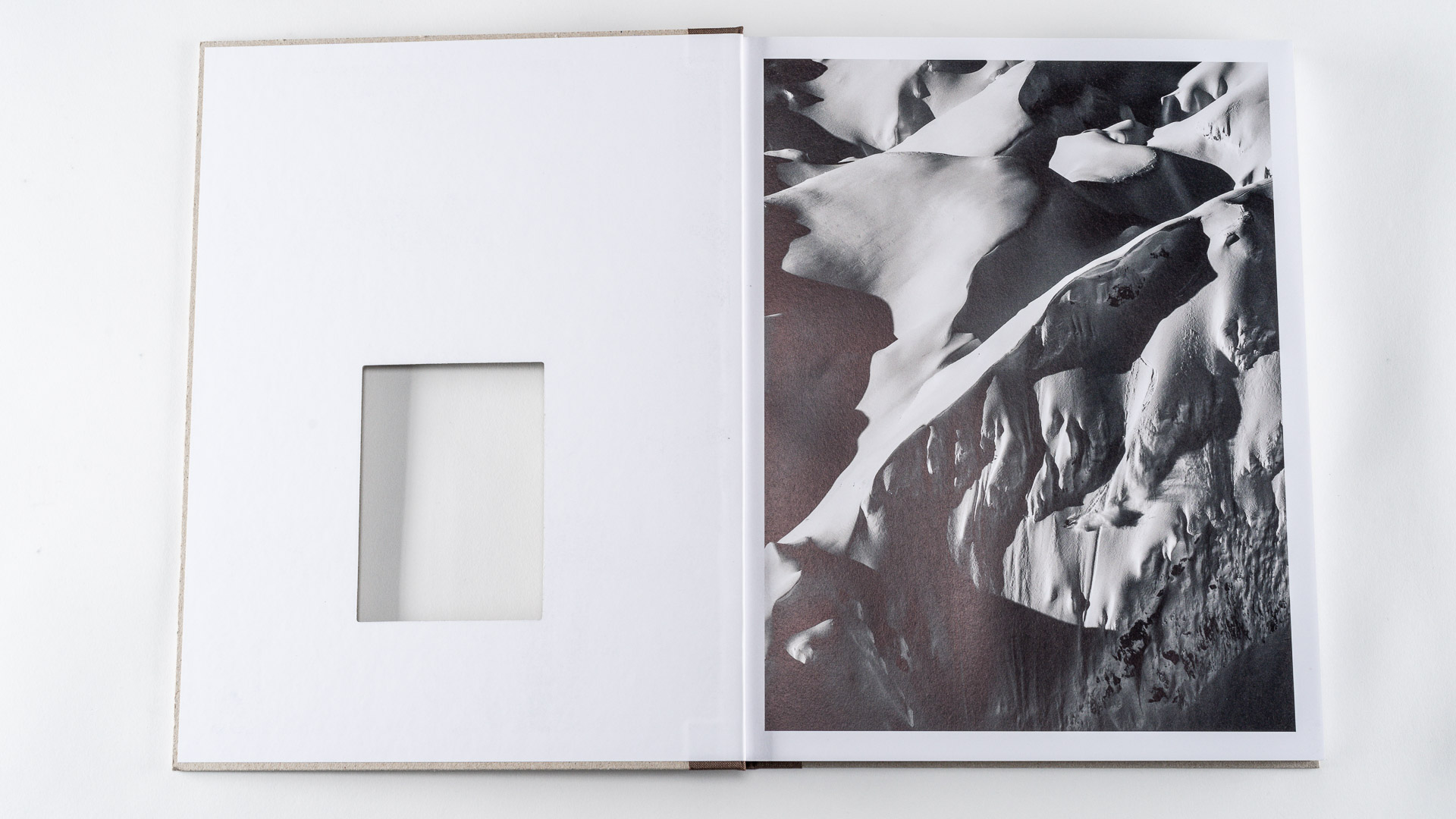
Production of the cutout wasn’t without its own challenges. Not only did we have to carefully align the cutout with the photo underneath, the cut would also unavoidably expose the cardboard that's usually hidden under a wrap of paper or cloth. To avoid that effect, we opted to use raw cardboard as our cover material, and in keeping with the industrial feel, we chose to emboss the cover instead of printing on it. To cover the spine, we went with a cloth wrap in accordance with the concept. The color choice of that cloth stirred some debate within our team, and was further complicated by the fact that the cardboard of the cover is made from fully recycled material without any concrete color specifications; there are variations, and not every book looks the same. In the end, we're more than happy with the book's appearance, and I think we achieved our goals… well, besides not breaking the bank! And the cutout complications did prolong production time by a few crucial weeks.
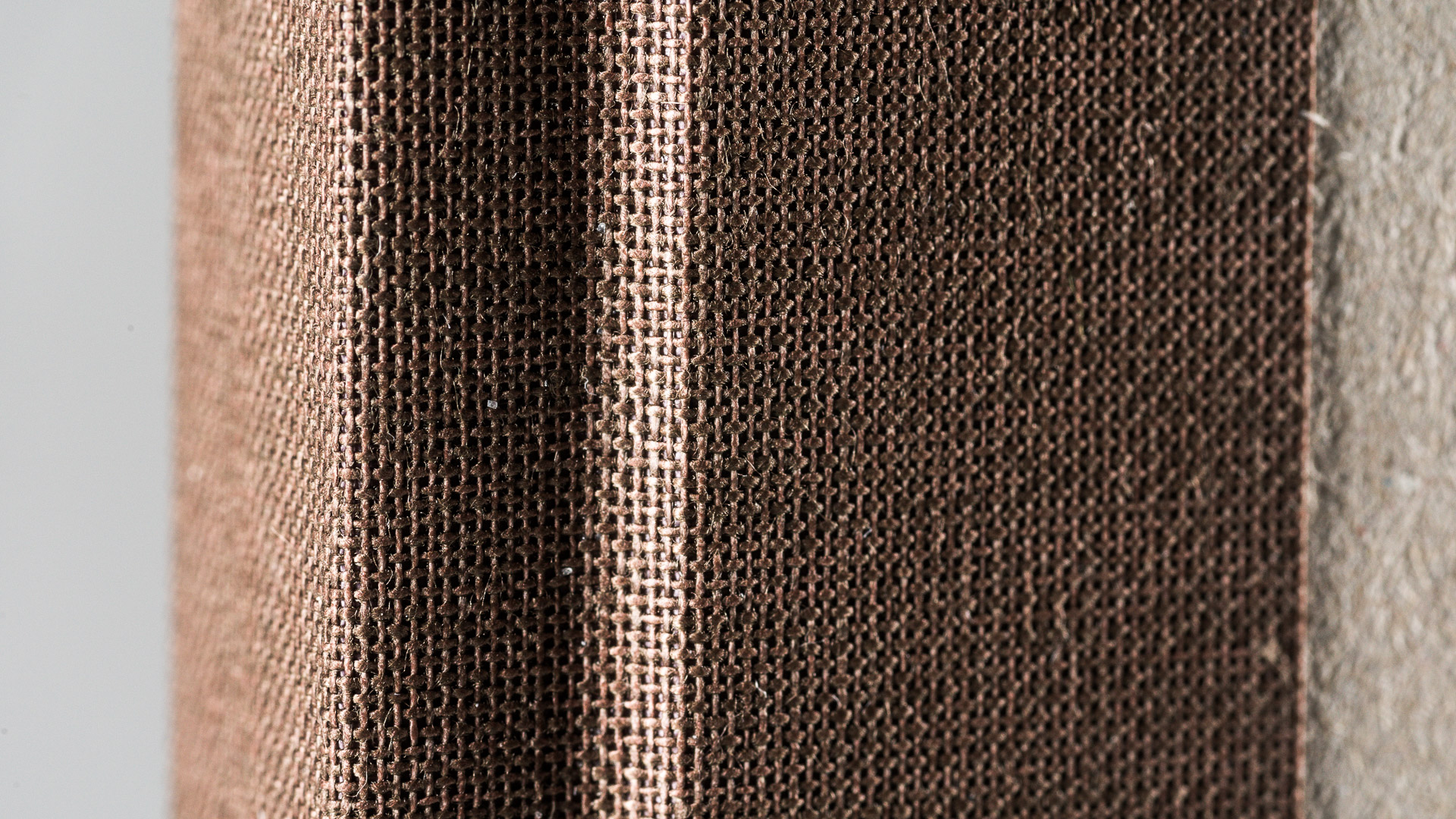
Another special touch is the printing process of the black & white photos for the cover and the spreads between sections. Usually black-and-white photos are still printed using the four colors of offset printing: black, cyan, yellow and magenta, aka CYMK. This ensures a deeper black than what's achievable using black ink alone. However, you can achieve better contrast when using different tones of grey and black instead of different colors. The print house told us this would be worth the effort for the cover photo. However, in offset printing there are always several spreads of the book on one print sheet, and since this specific method (called triplex printing) prevented us from using color on those spreads, we embraced the method to create more black & white spreads, which now divide the three sections of content. It took some extra effort: The printers had to thoroughly clean their machine twice in order to change the colors from CYMK to triplex and back. And Flo Breitenberger spent a night twisting triplex printing profiles around to ensure the optimal outcome, since triplex processing is a far cry from the normal photo processing that most photographers are used to.
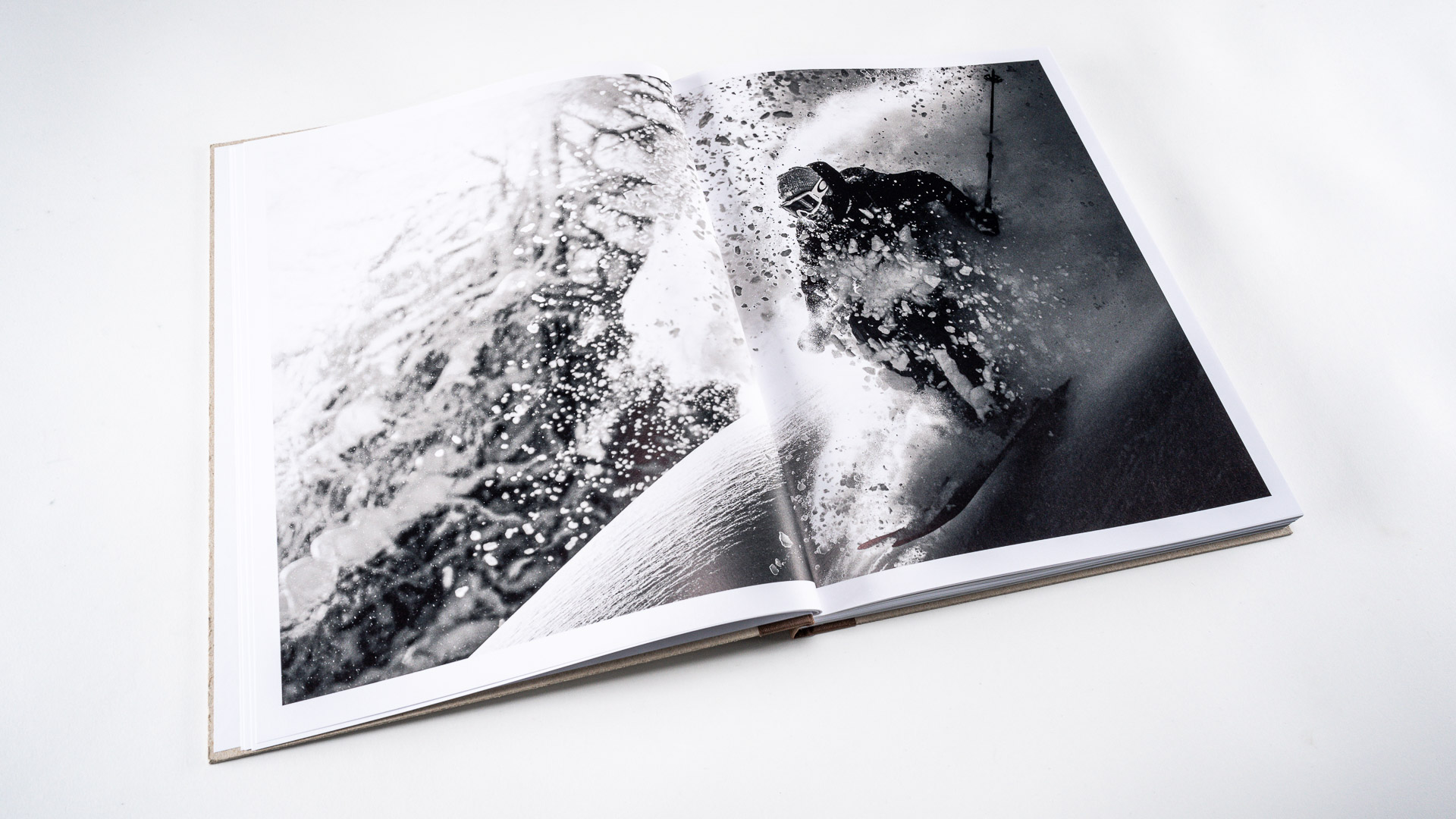
All in all, production took longer than planned. We wanted to release the book in November, but it it was late December before we finally got the finished product in hand. We could have launched it immediately, with some customers still receiving it in time for Christmas; but we couldn’t guarantee that for everybody, so we decided to launch it after the holiday to avoid disappointed customers. When we saw that unfortunate fact coming during production, we decided to move away from "2021" in the title call it "Volume 3" instead. After all, we want our books to be timeless, and we continue to sell Ski Stories 2019 (which will probably going to be sold out soon) and Ski Stories 2020. Since the book is intended to have a long lifespan, we didn't want to anchor it too tightly to one specific year.
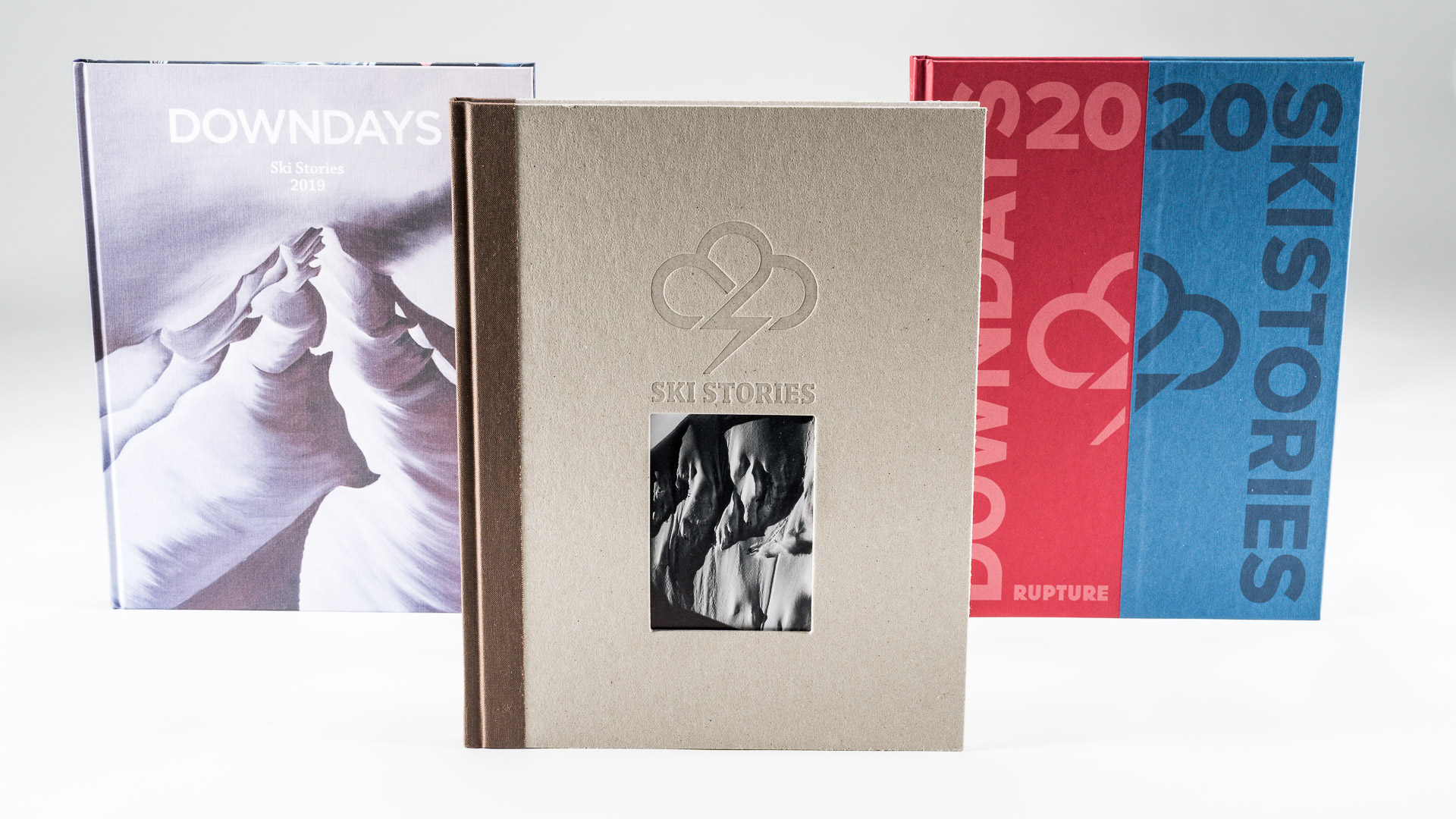
To make up for the late start, we decided to ship a goodie—a cap, hat or bandana—with the first hundred orders. By the time you read this, those goodies are all gone, but we'll continue to ship some with all orders of the "Ski Stories Trilogy" (2019, 2020 & Volume 3) as long as they last. And since we're here, a word on the pricing: We decided to shift to a single price including shipping for everyone, regardless of location. This may seem a bit unfair for some, but you should know that there's more to a price calculation than just the product, packaging and shipping (think of different tax rates for different countries, for example). This year we opted for a simpler solution instead; hence the apparently higher price tag. However, we still don’t earn more per book this year compared to last year—believe me!
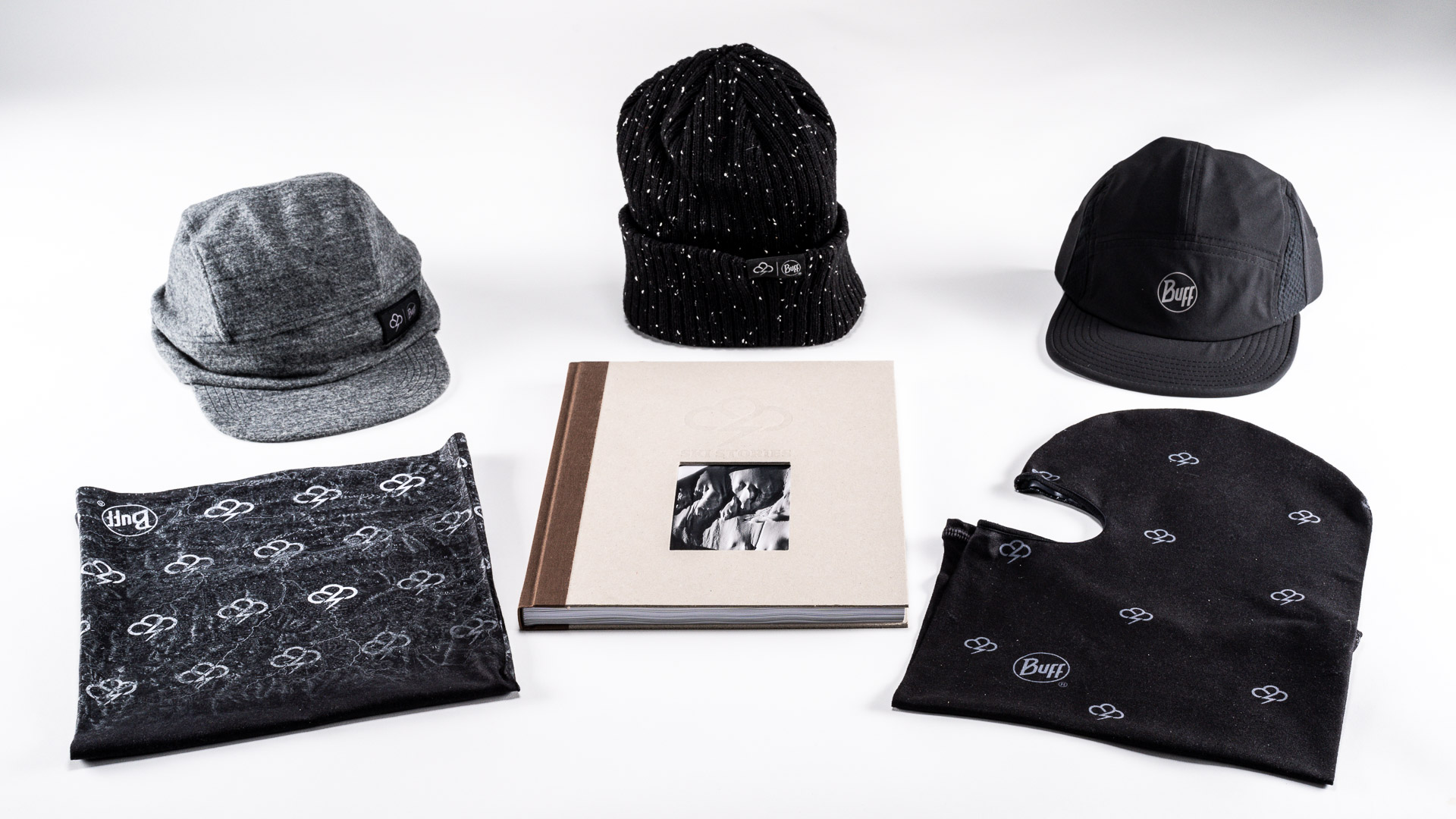
Thanks to everybody who made it through this lengthy text, and I hope you enjoyed this look behind the scenes. But before I leave you to visit our online shop, I'd like to give a big shout-out to all the contributors to the book—you know who you are! Without their continuous efforts to document the world of freeskiing each winter, a book like Ski Stories Volume 3 wouldn’t be possible. Thank you! We know the royalties we can afford to pay are rather laughable, but the economics of scale hit hard when producing only a few thousand books instead of tens of thousands of magazines. We all know, it’s a labor of love!

Ski Stories, Volume 3 is available for sale exclusively in the DOWNDAYS WEBSHOP.
